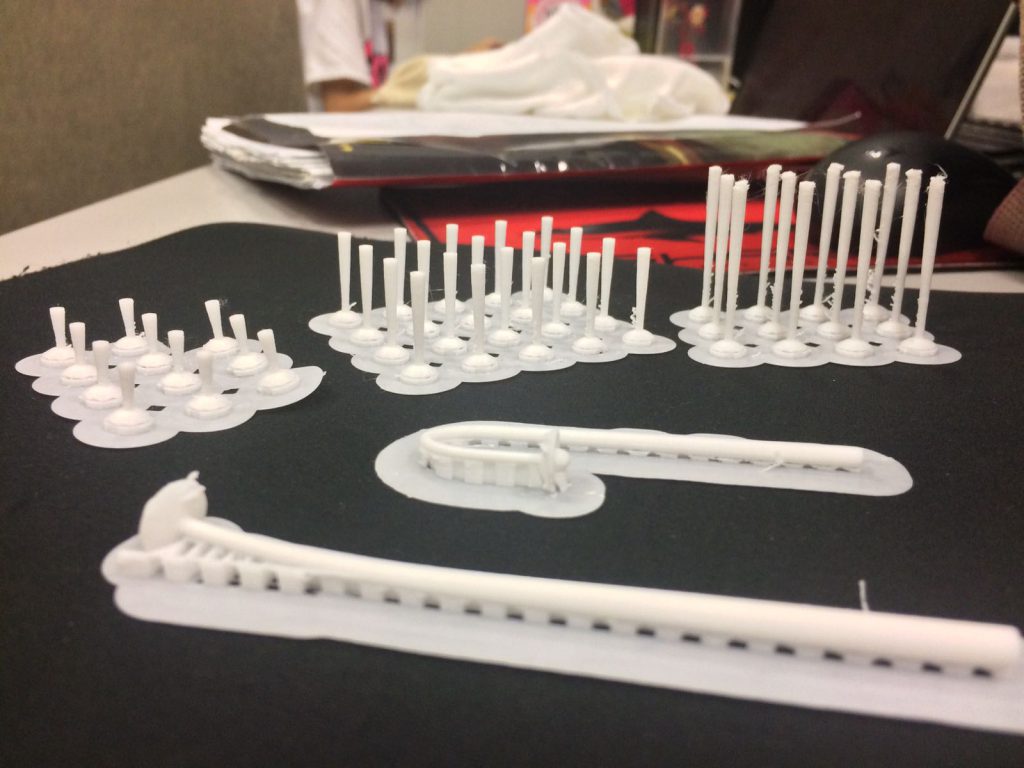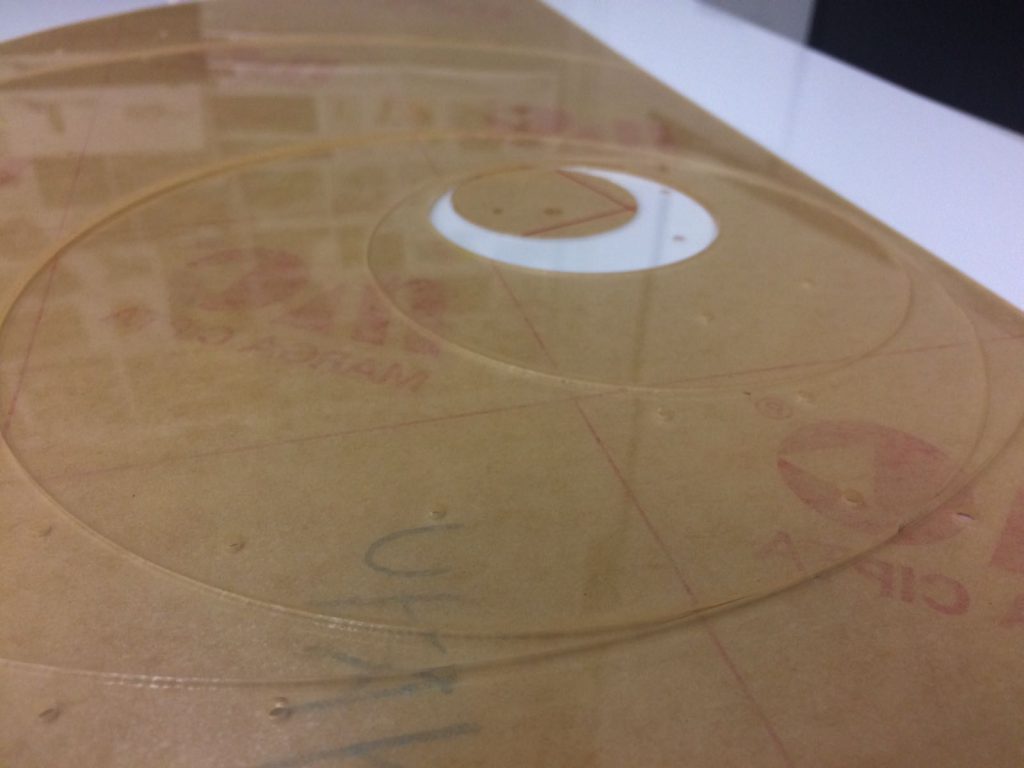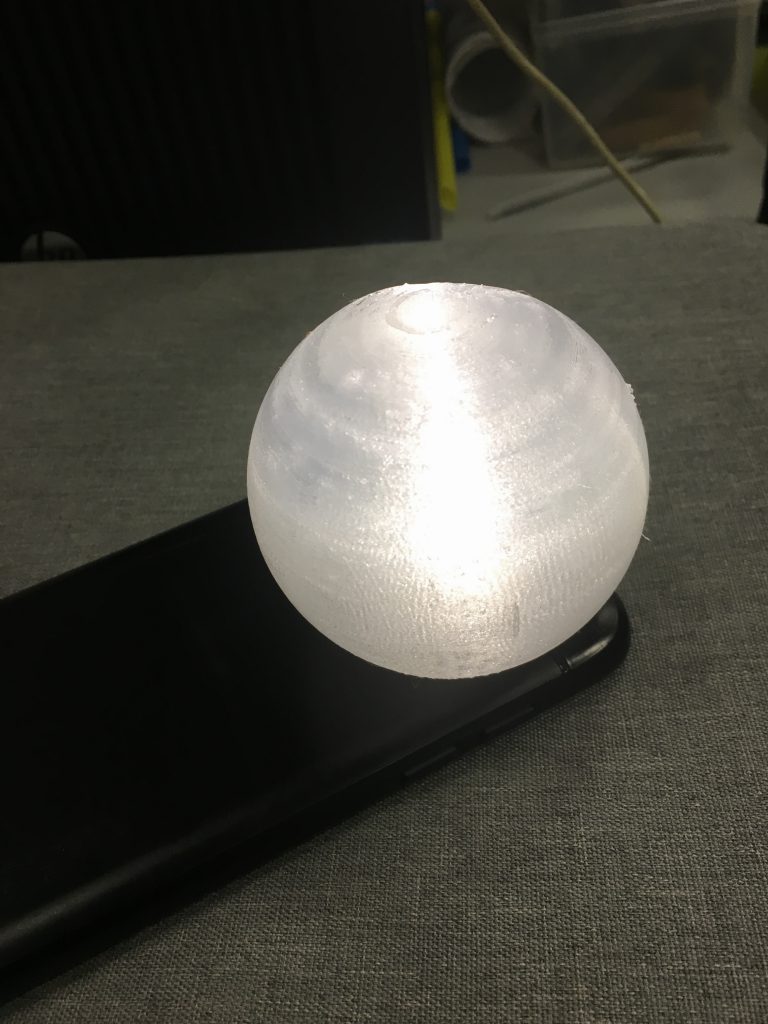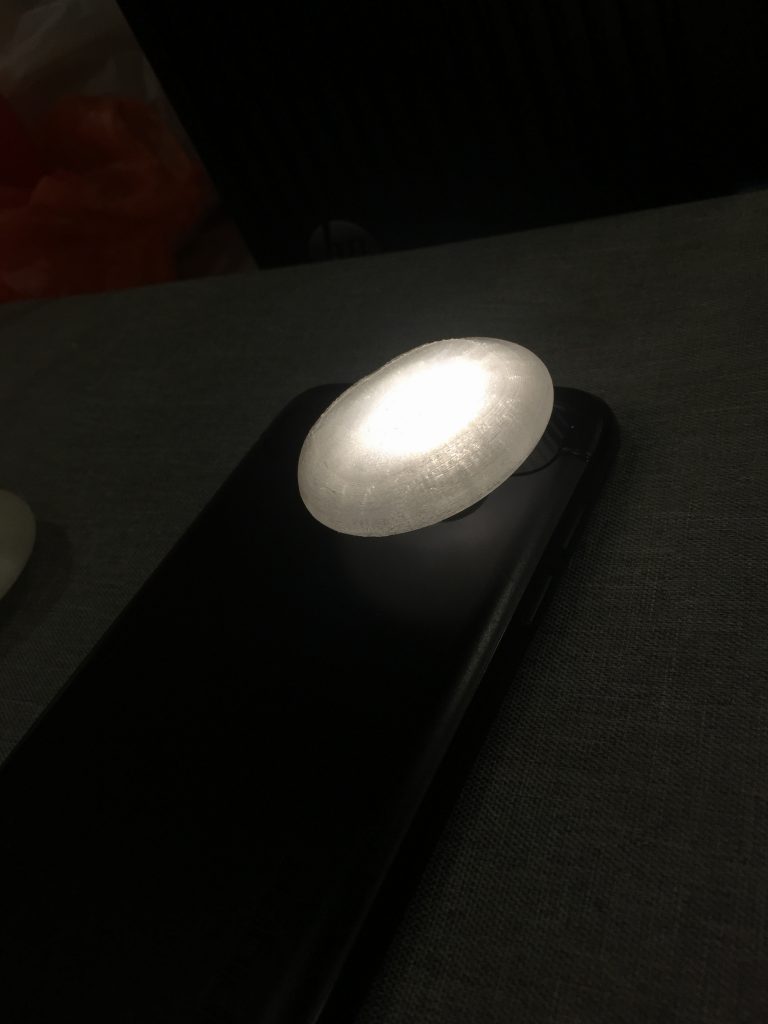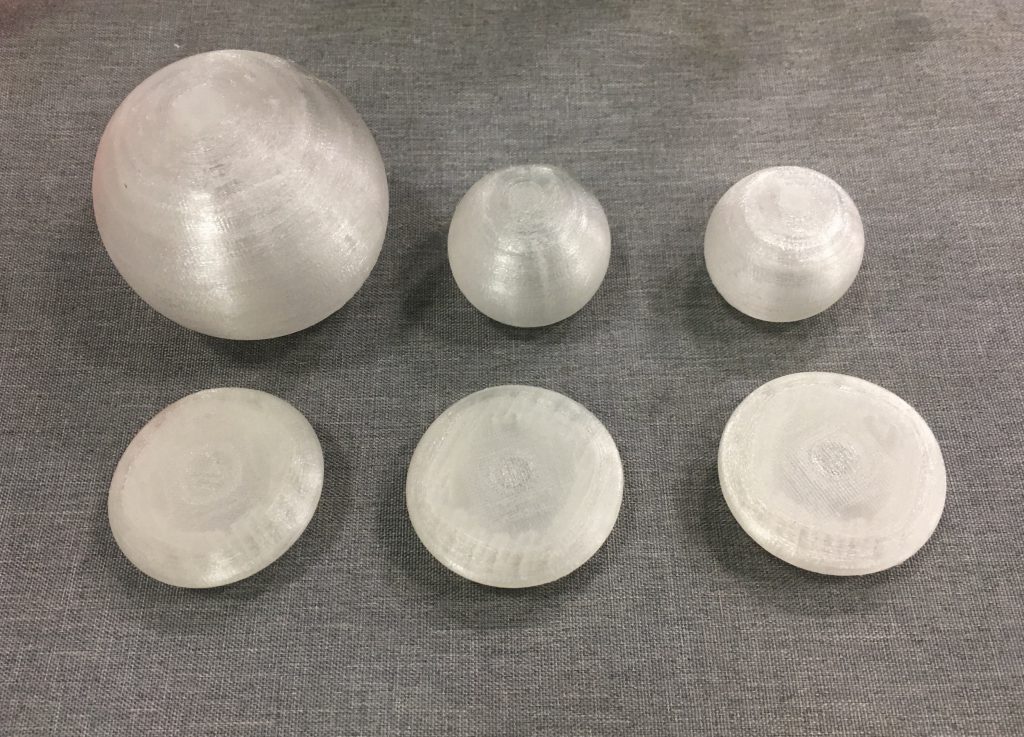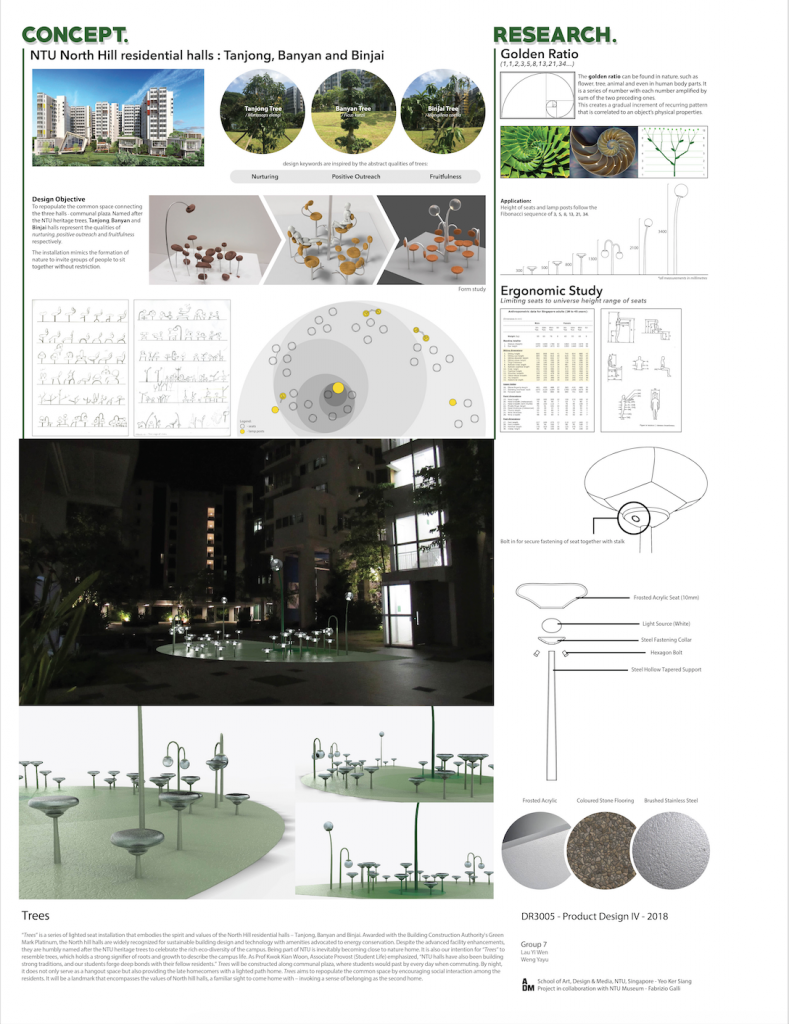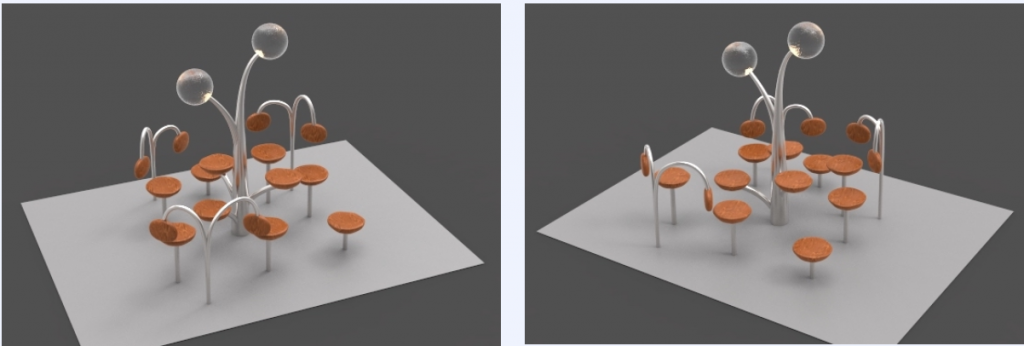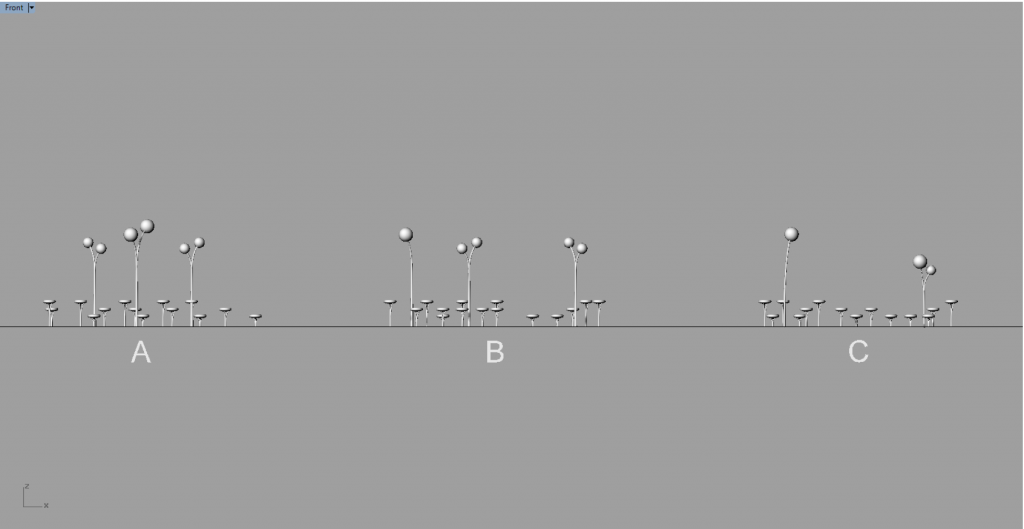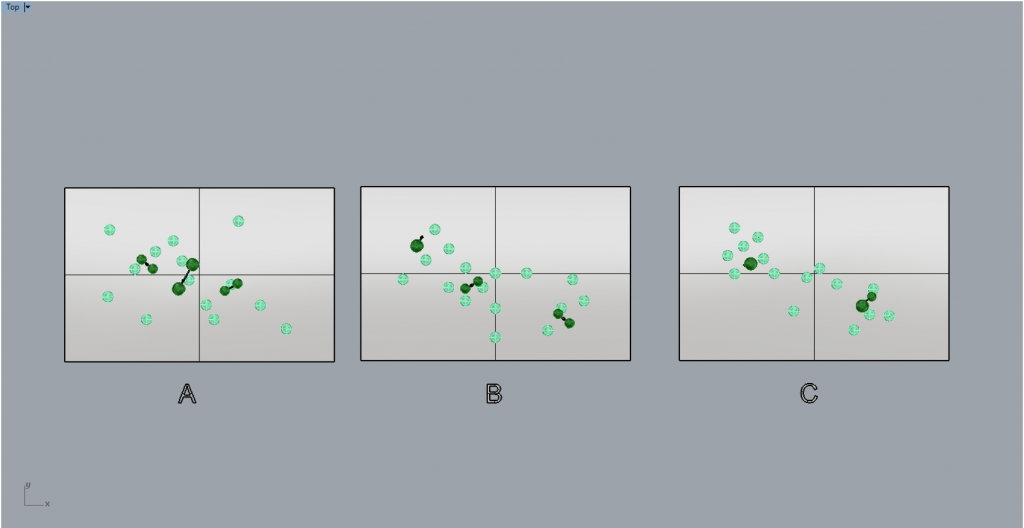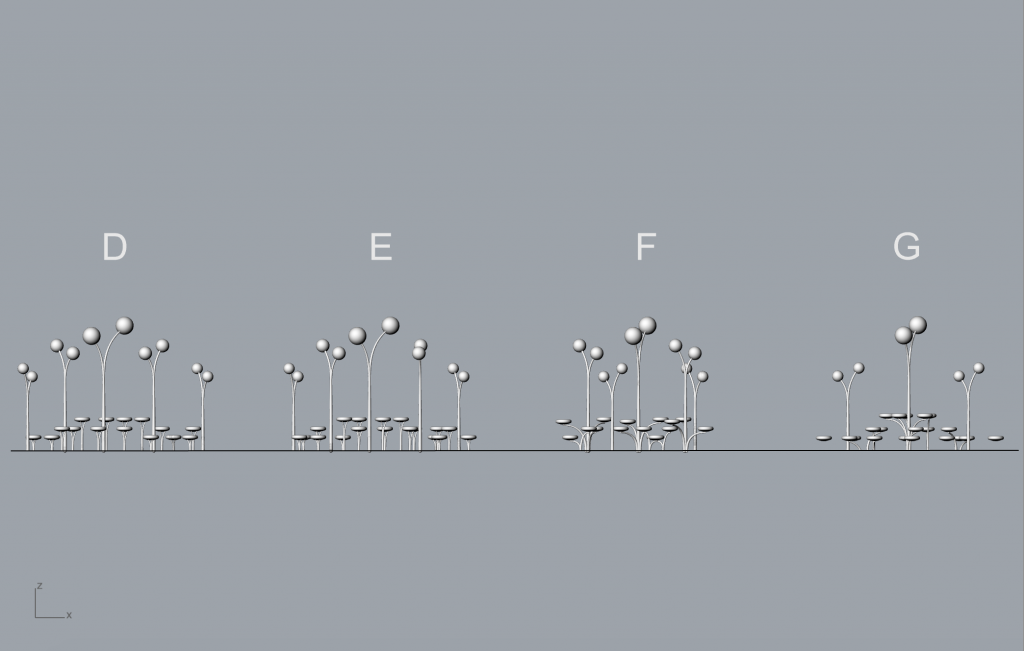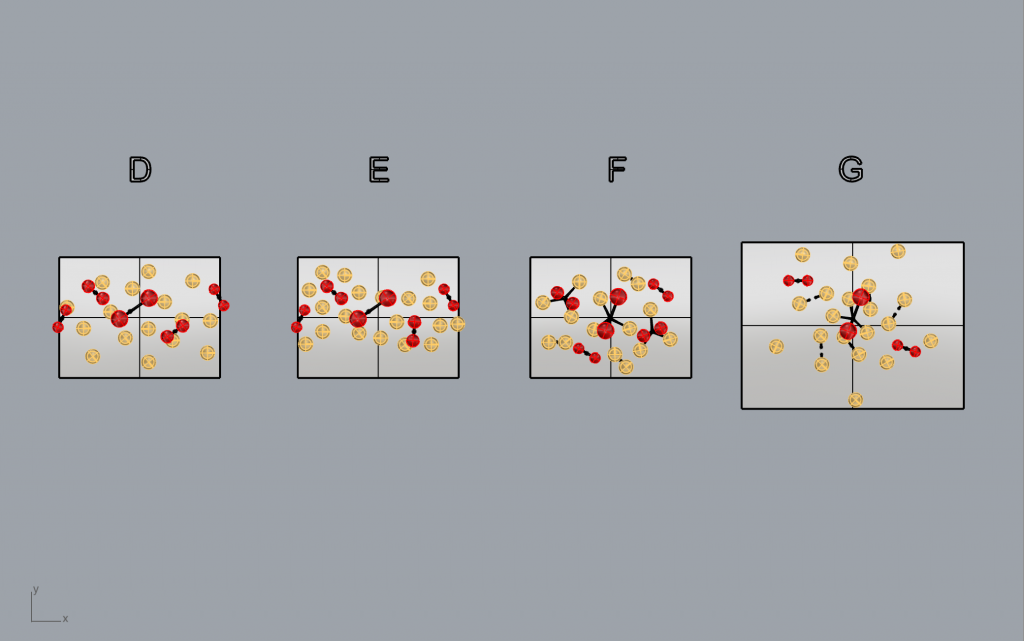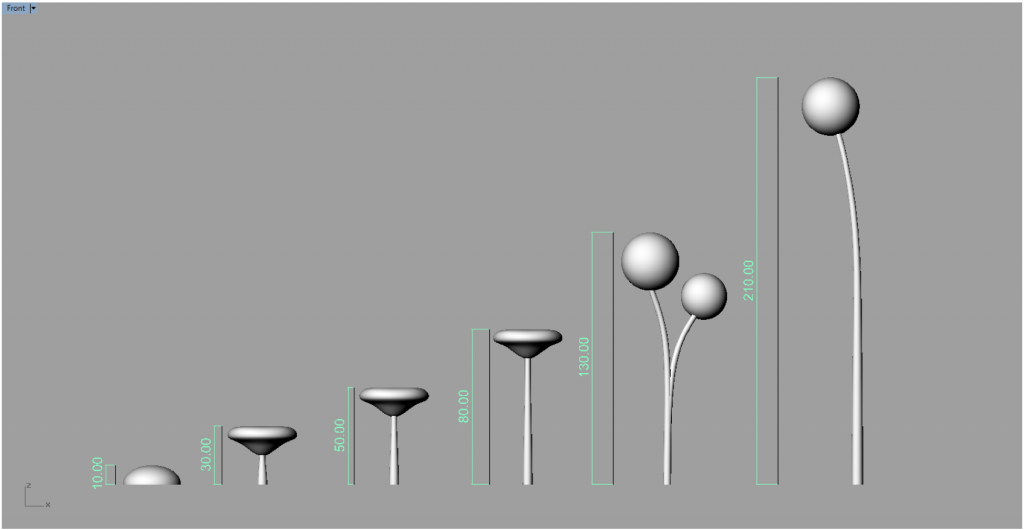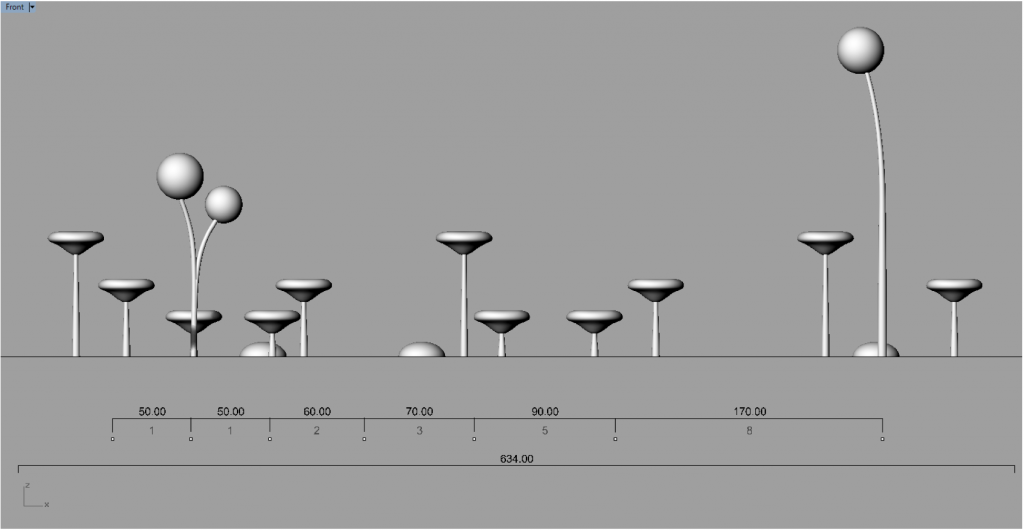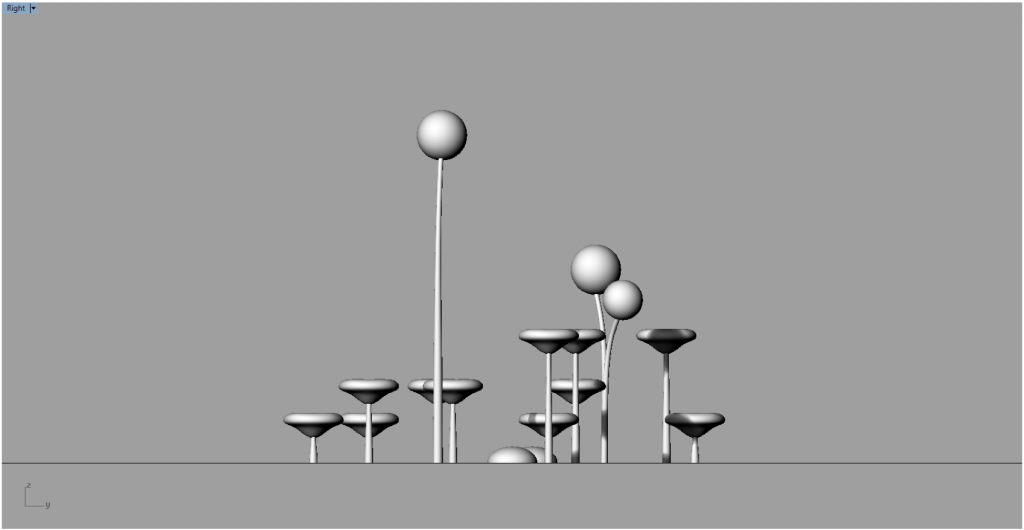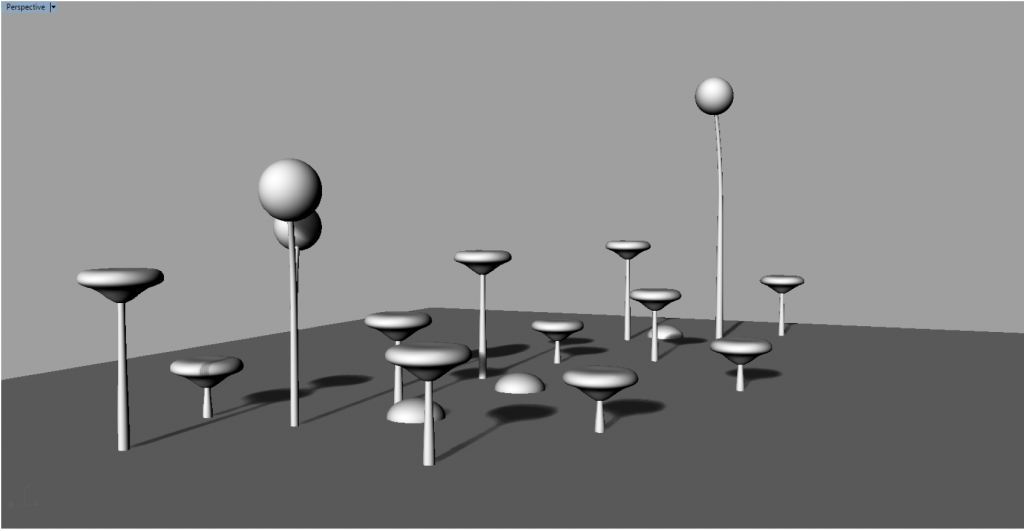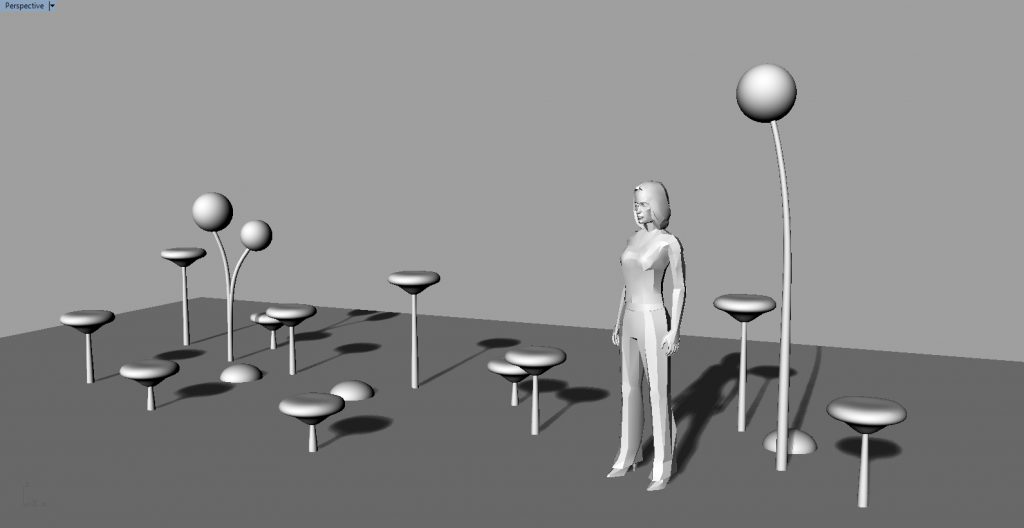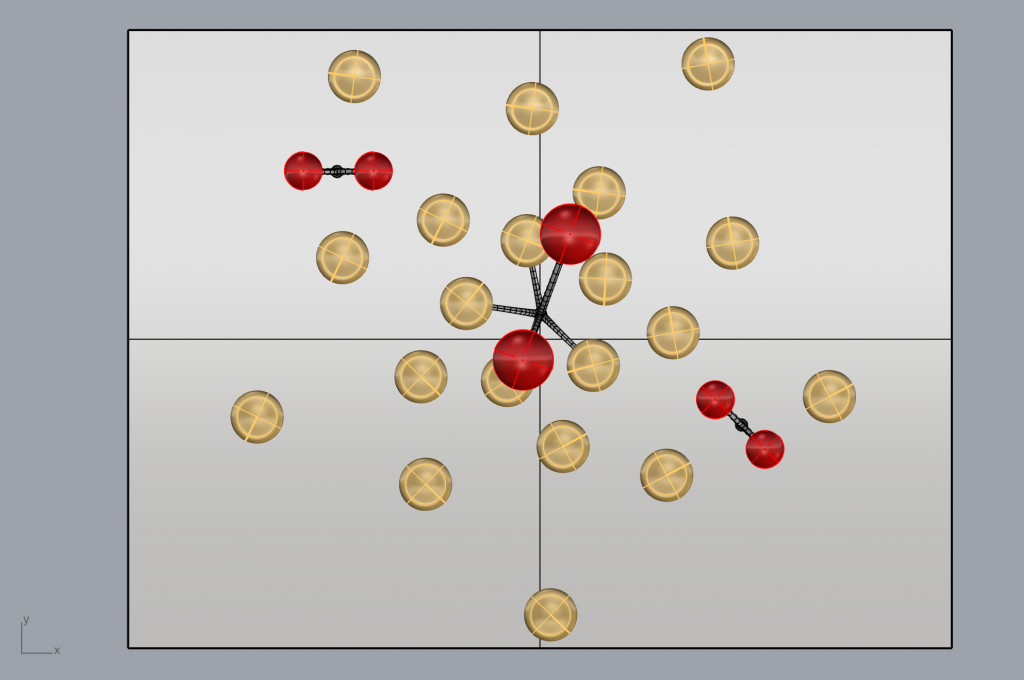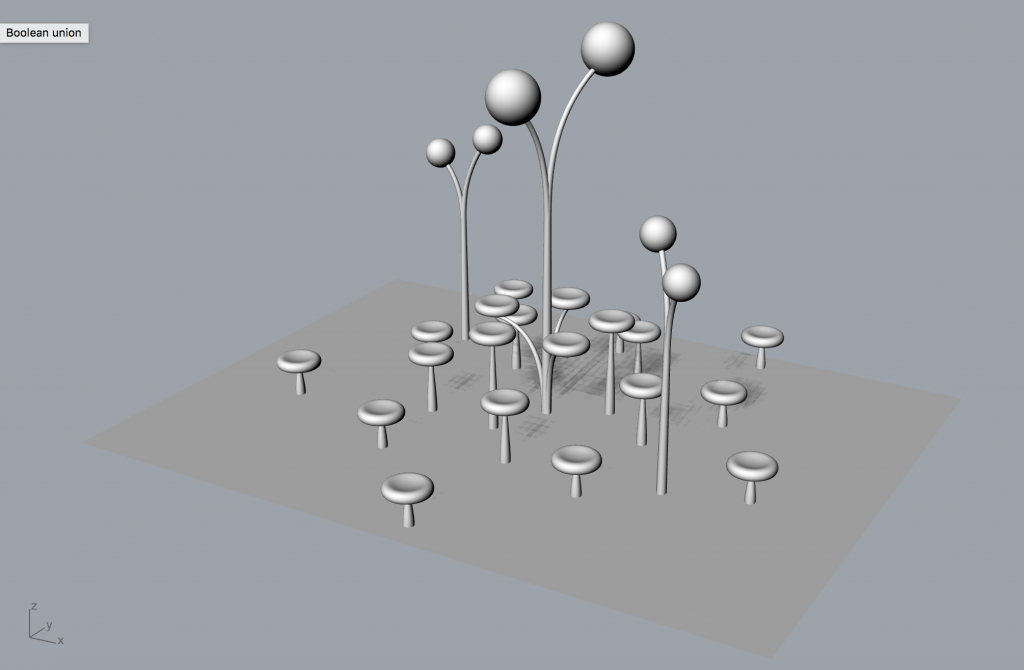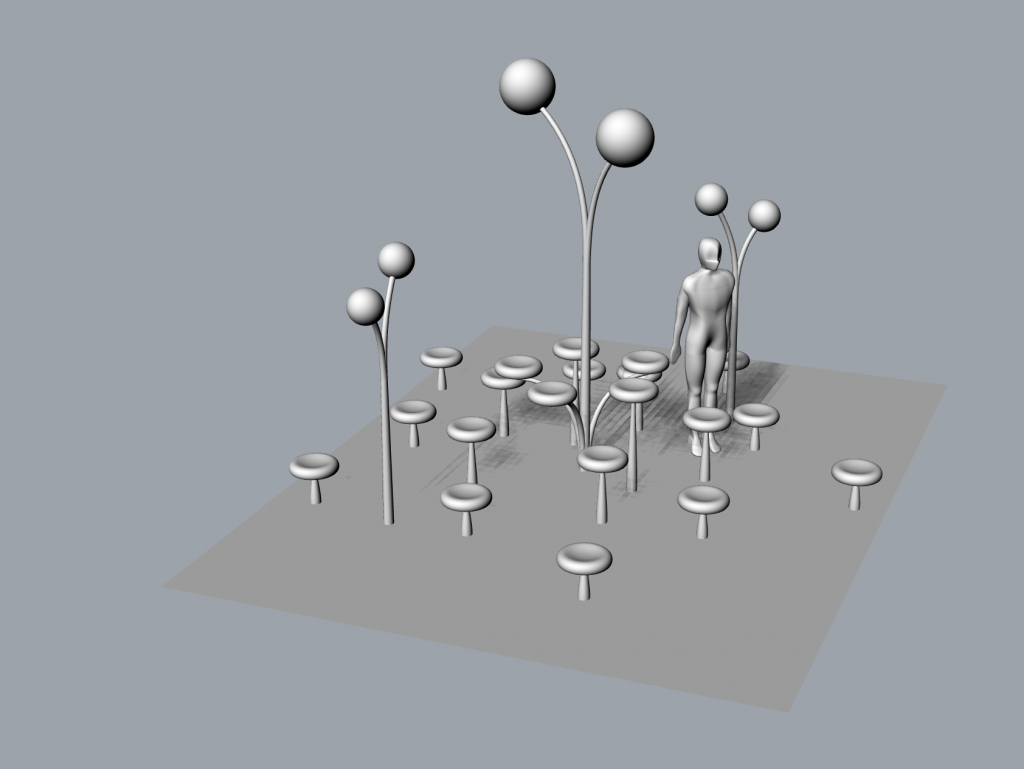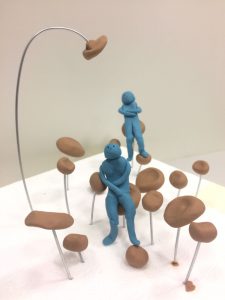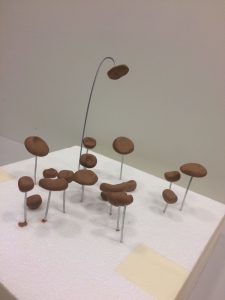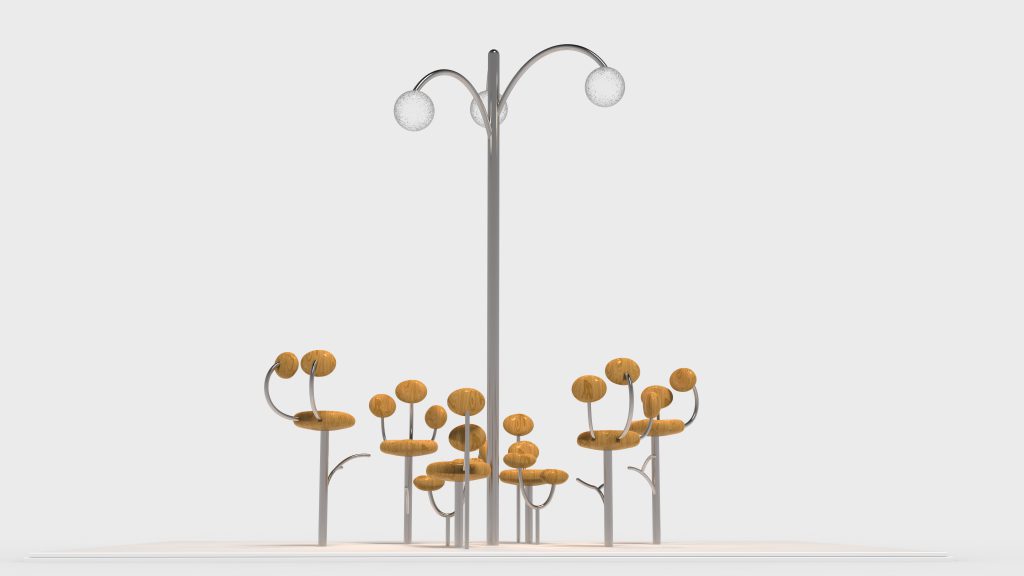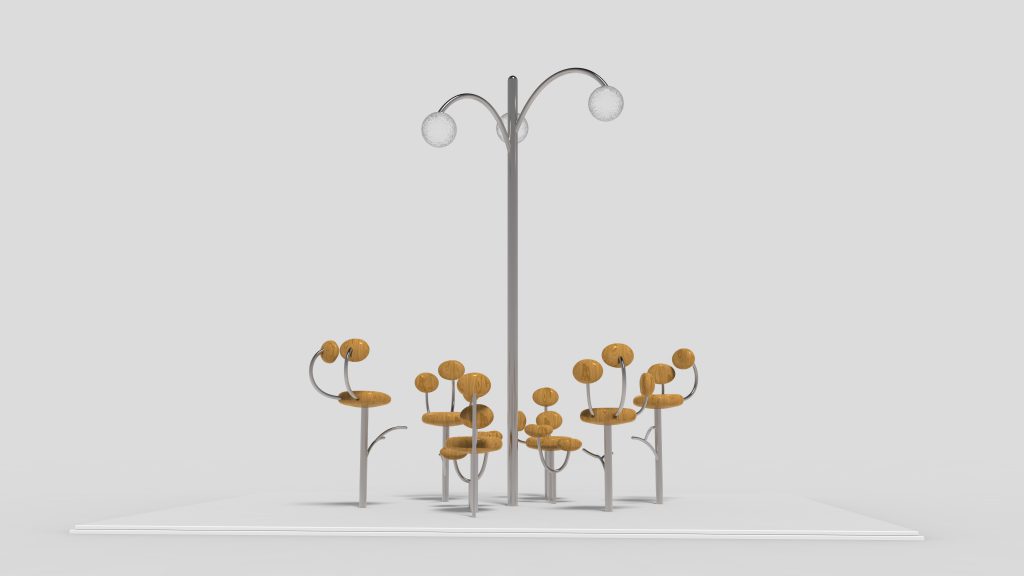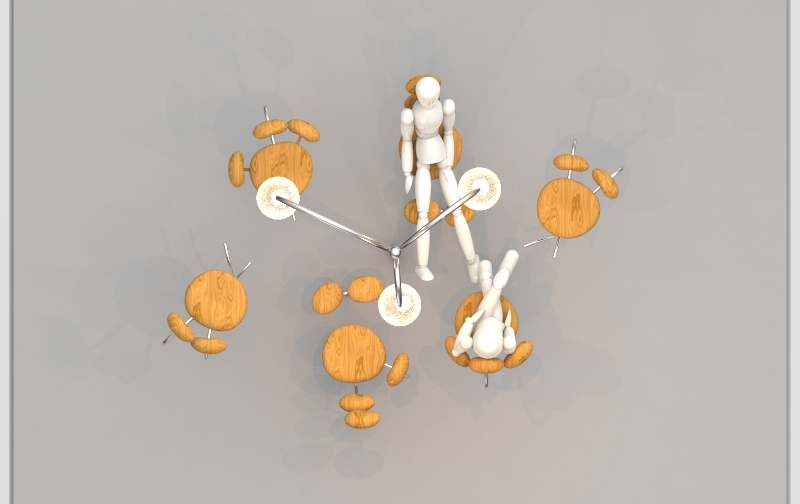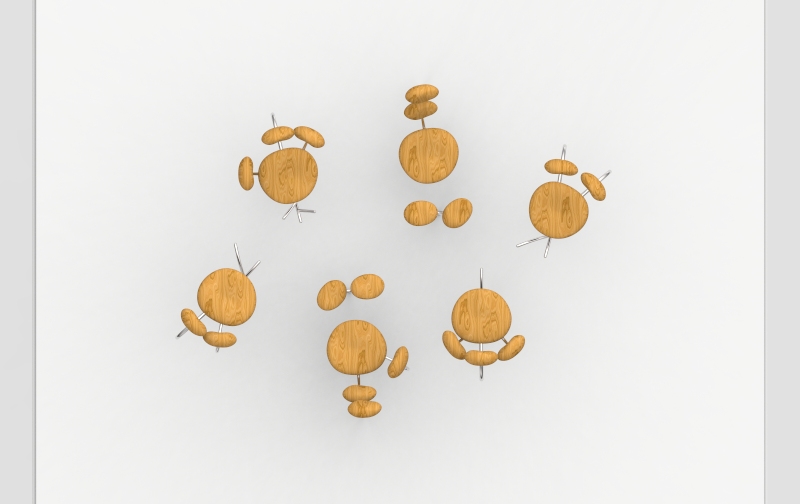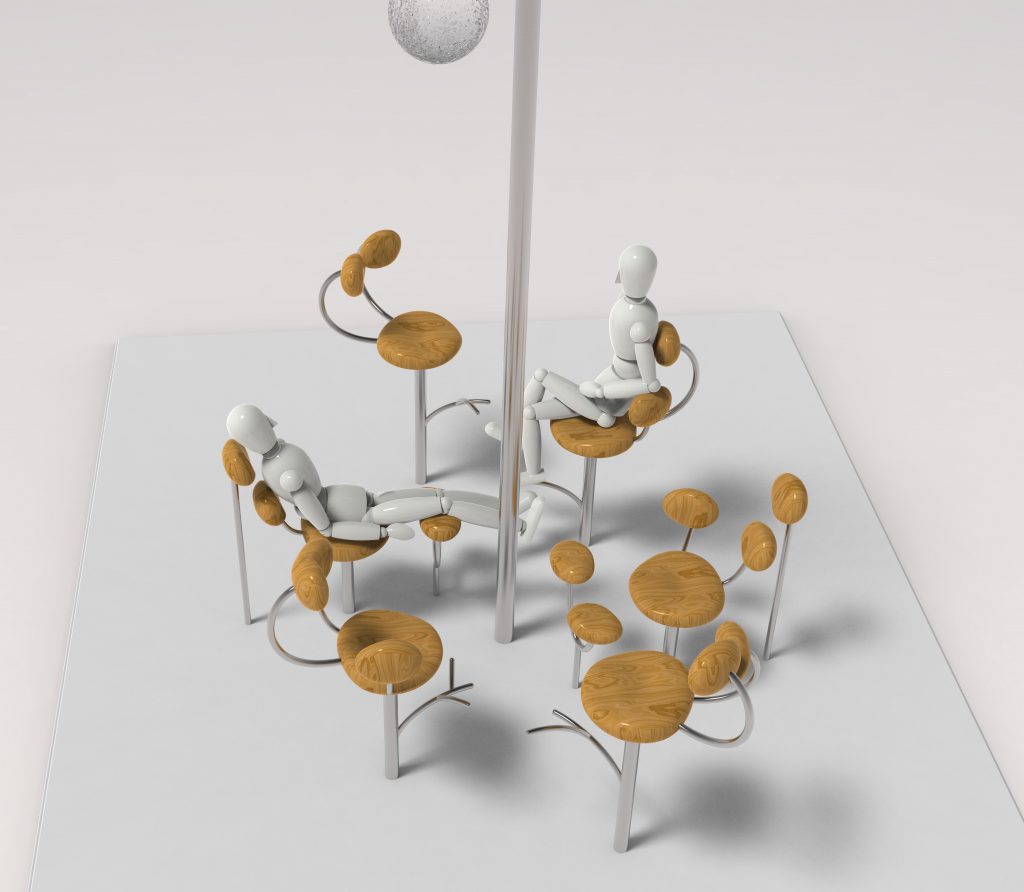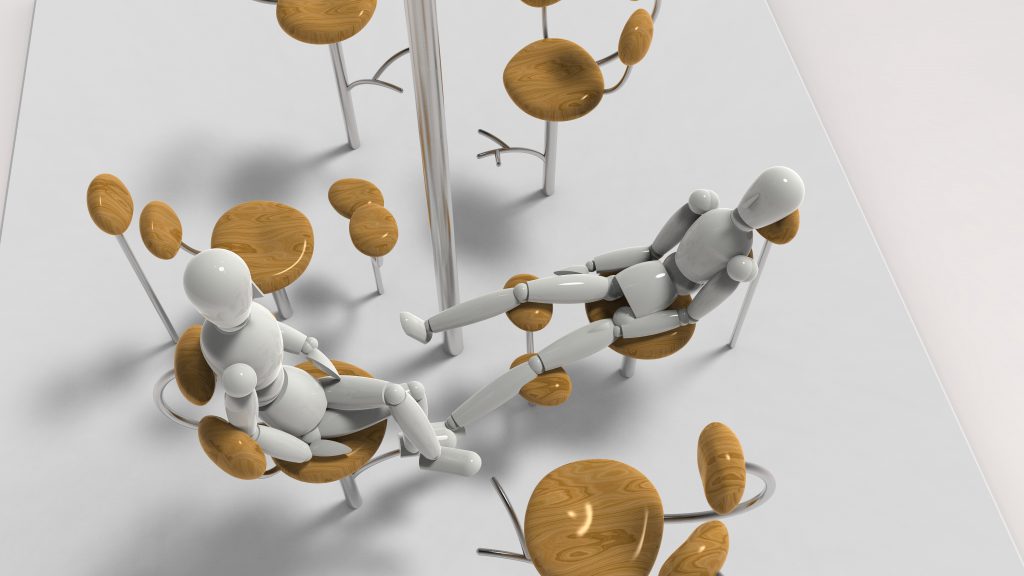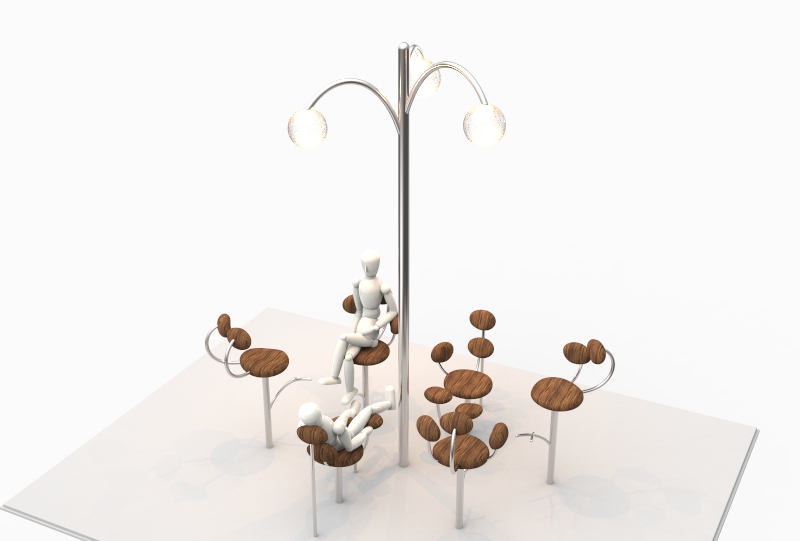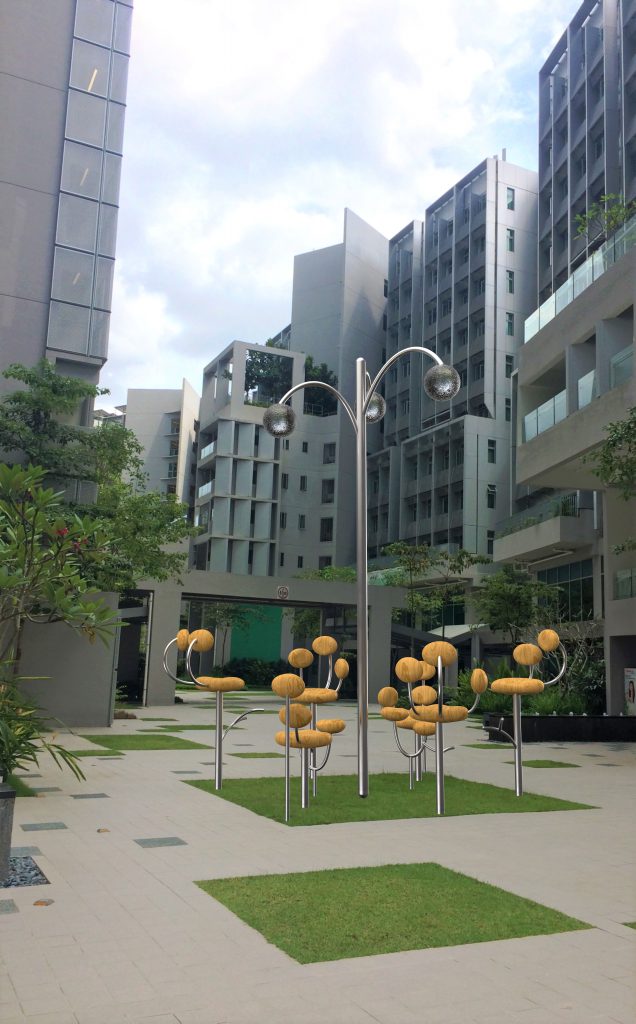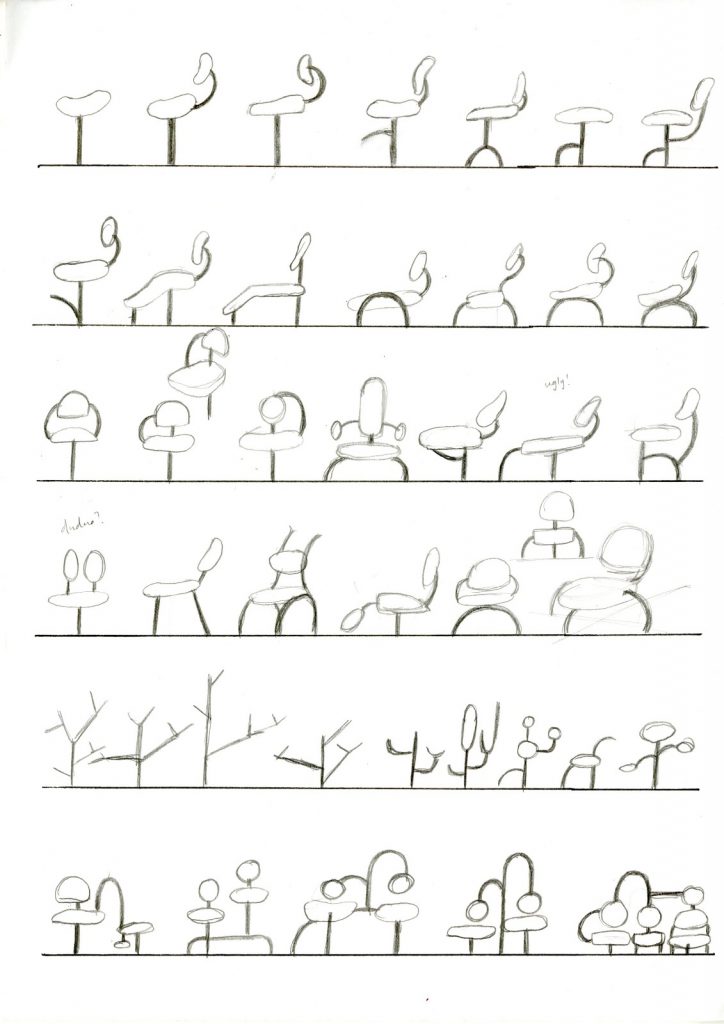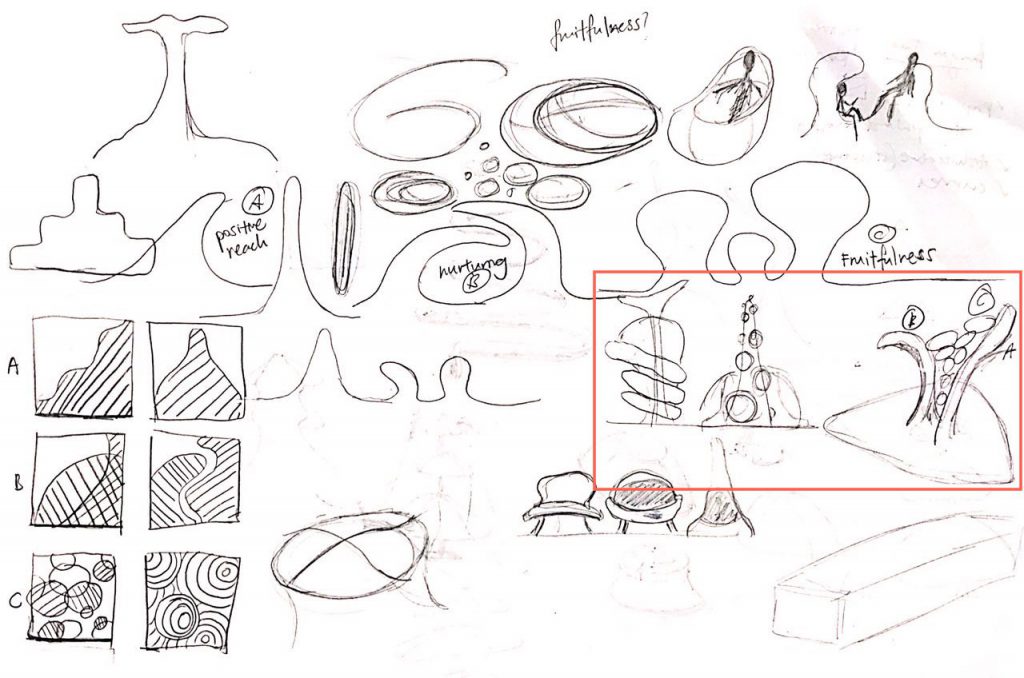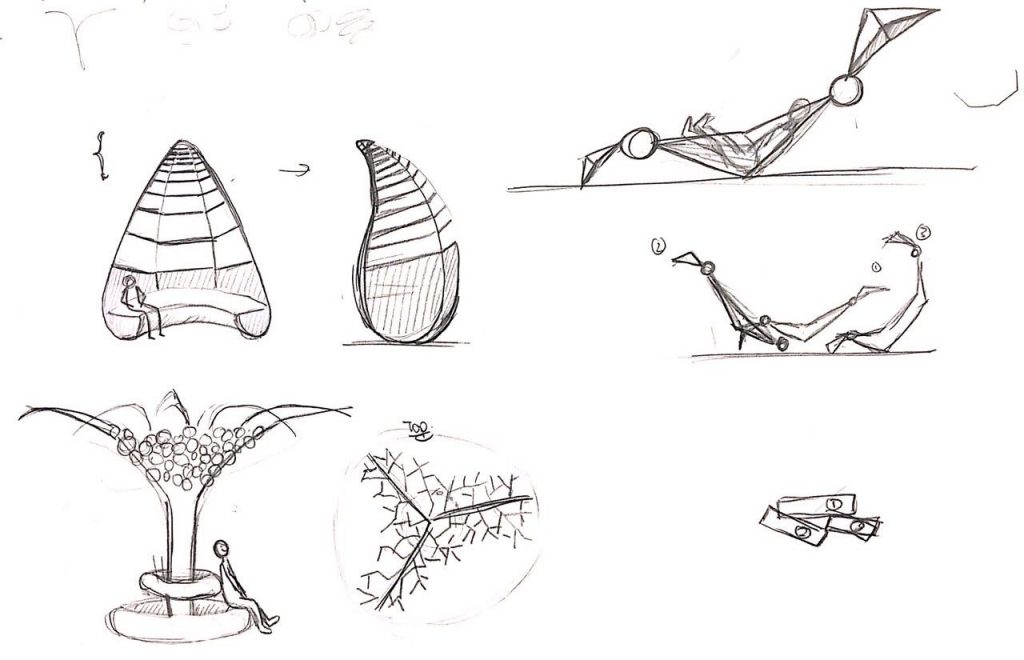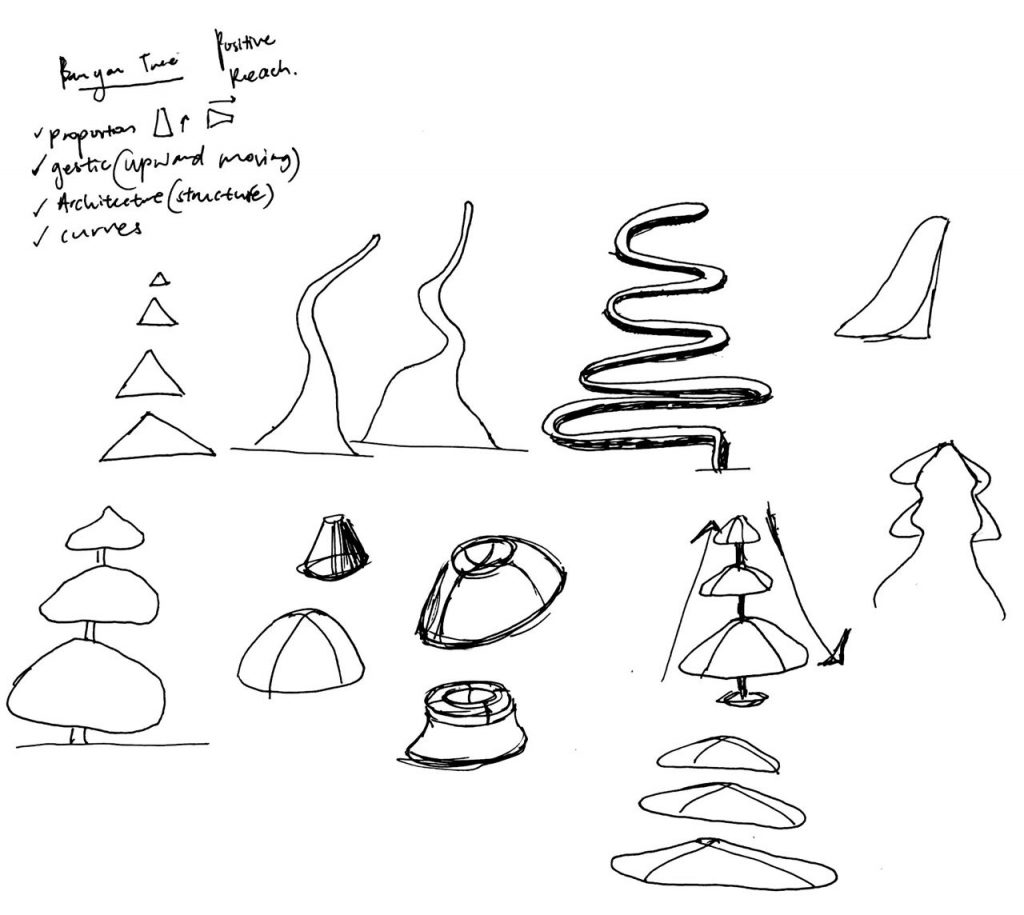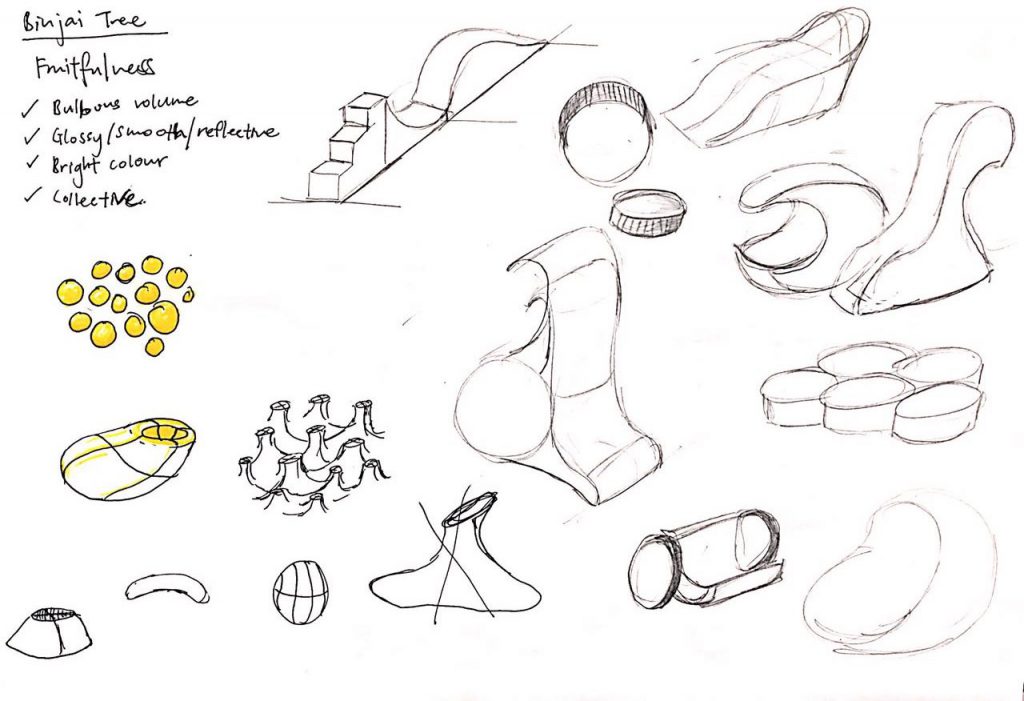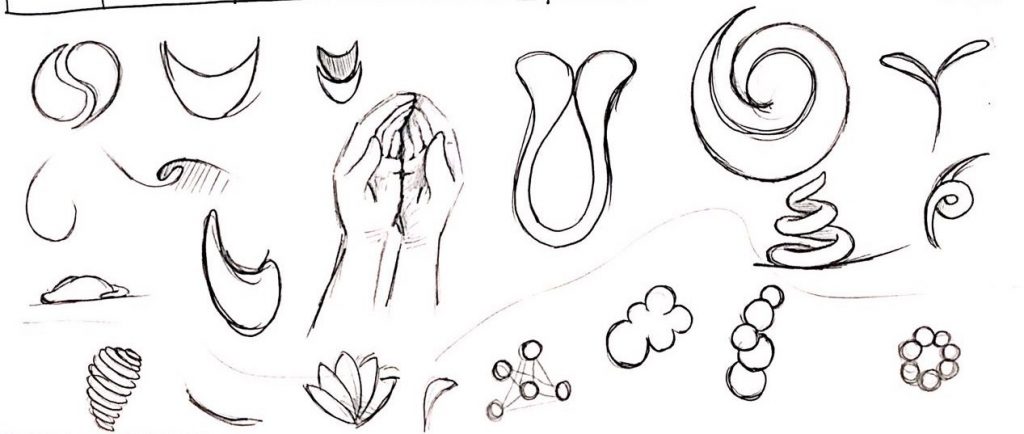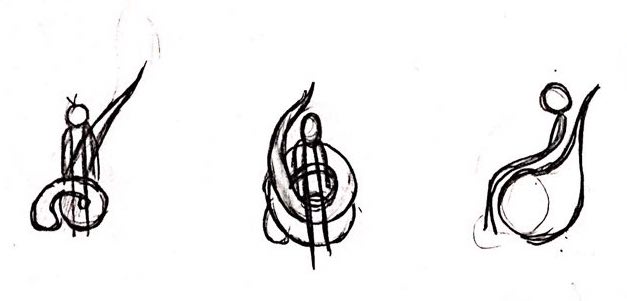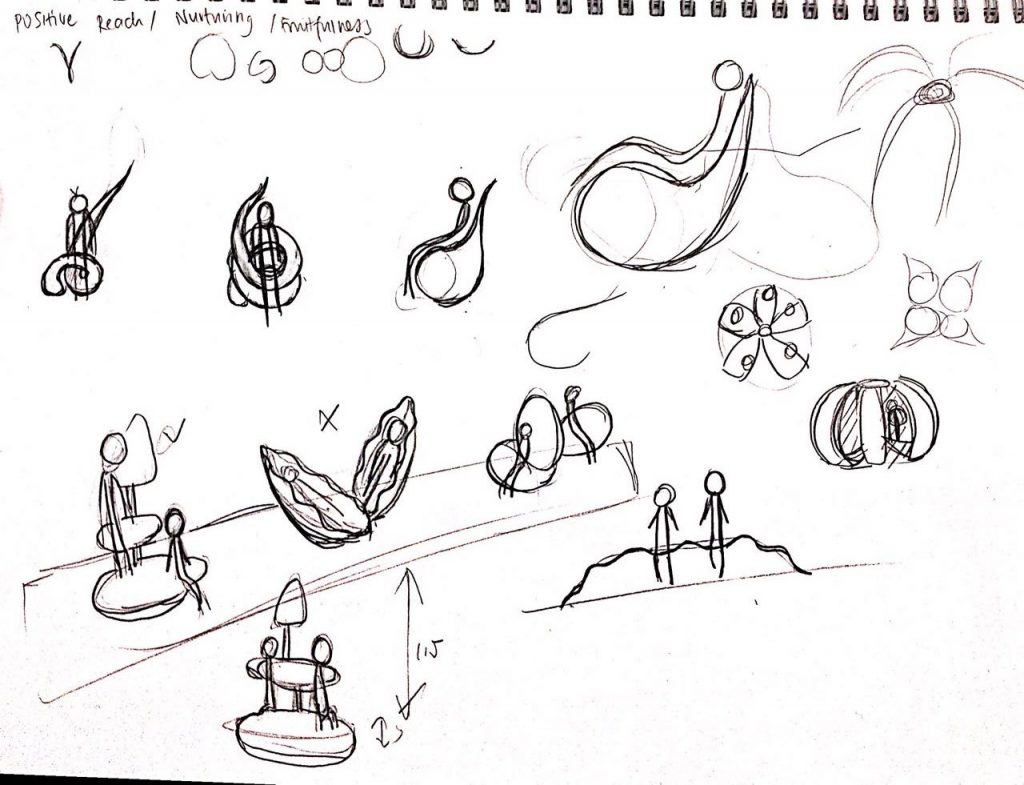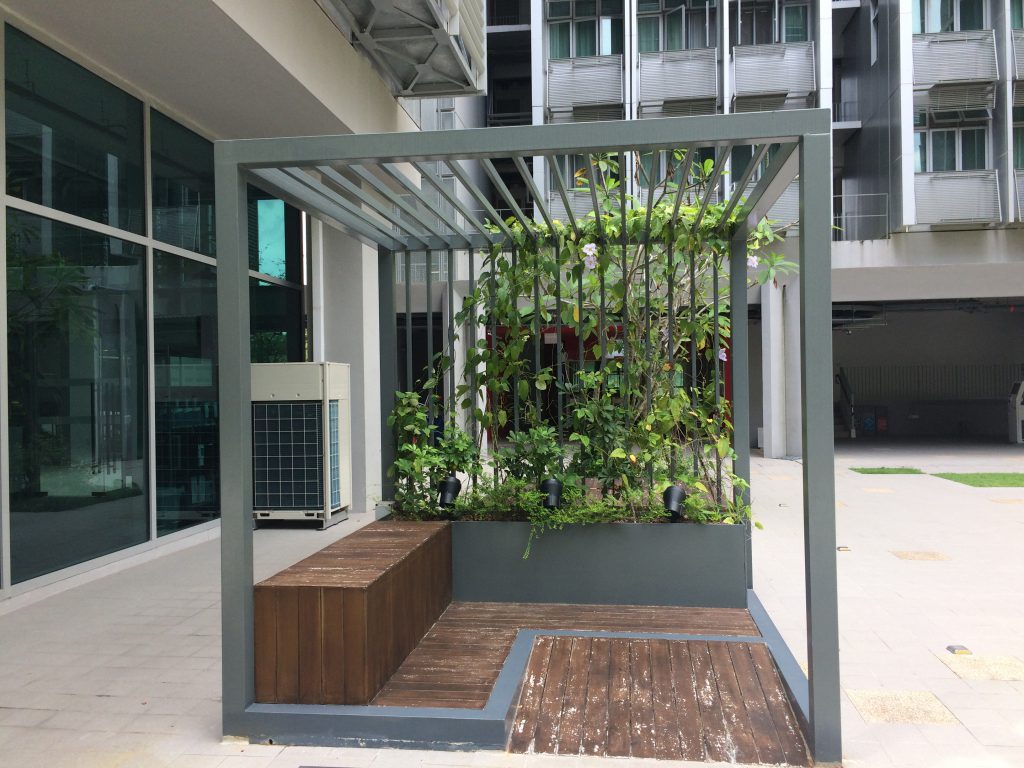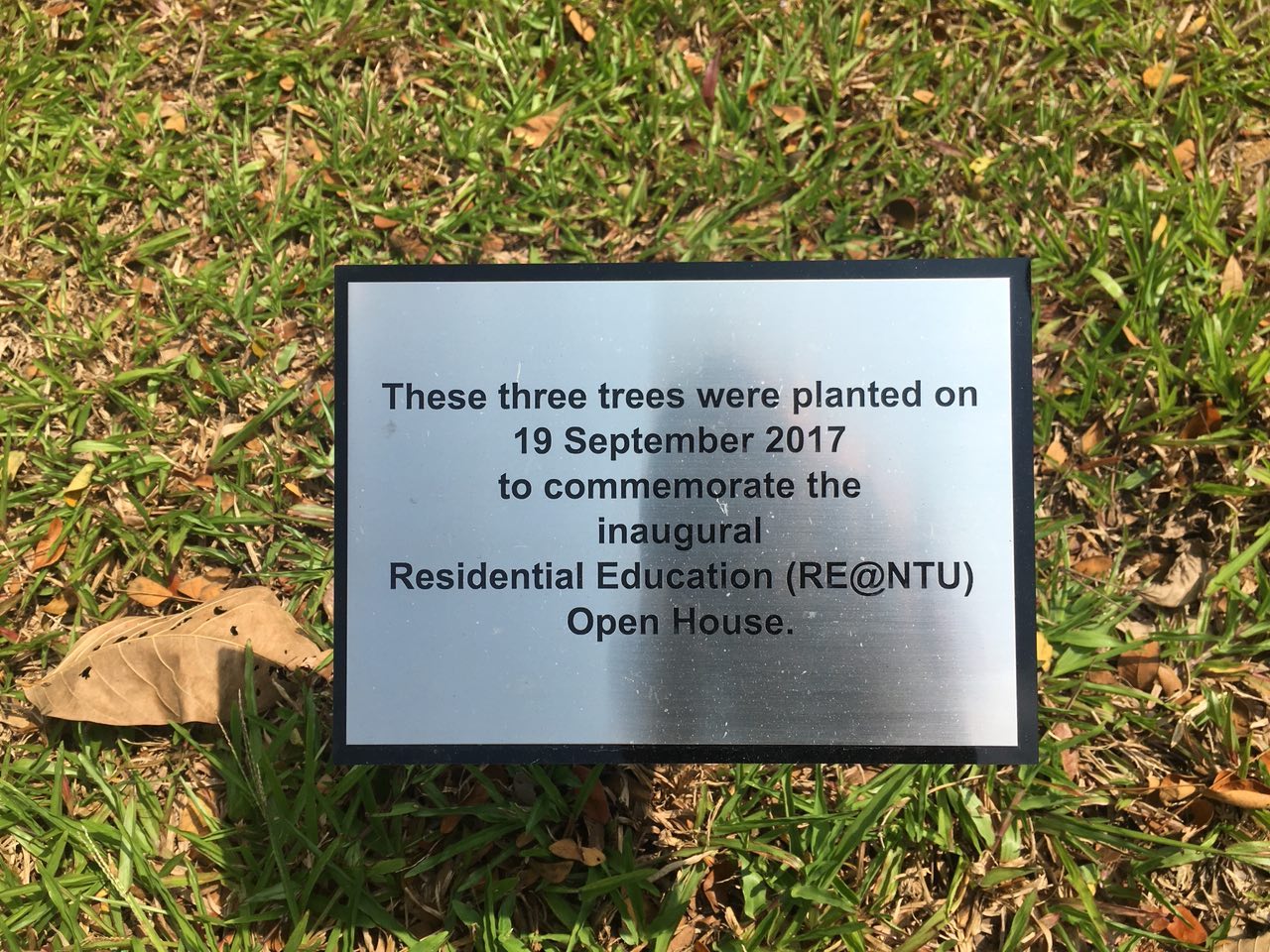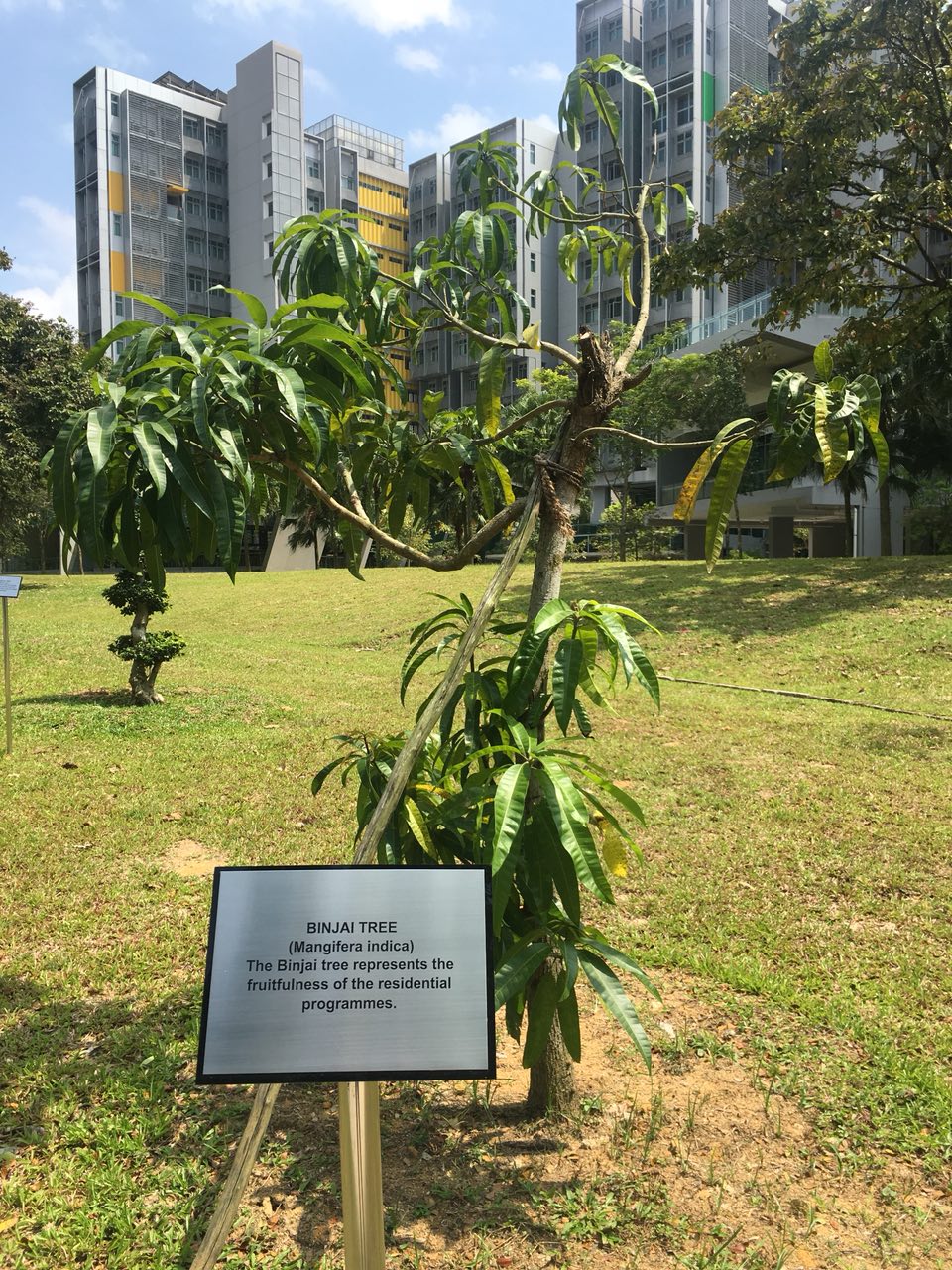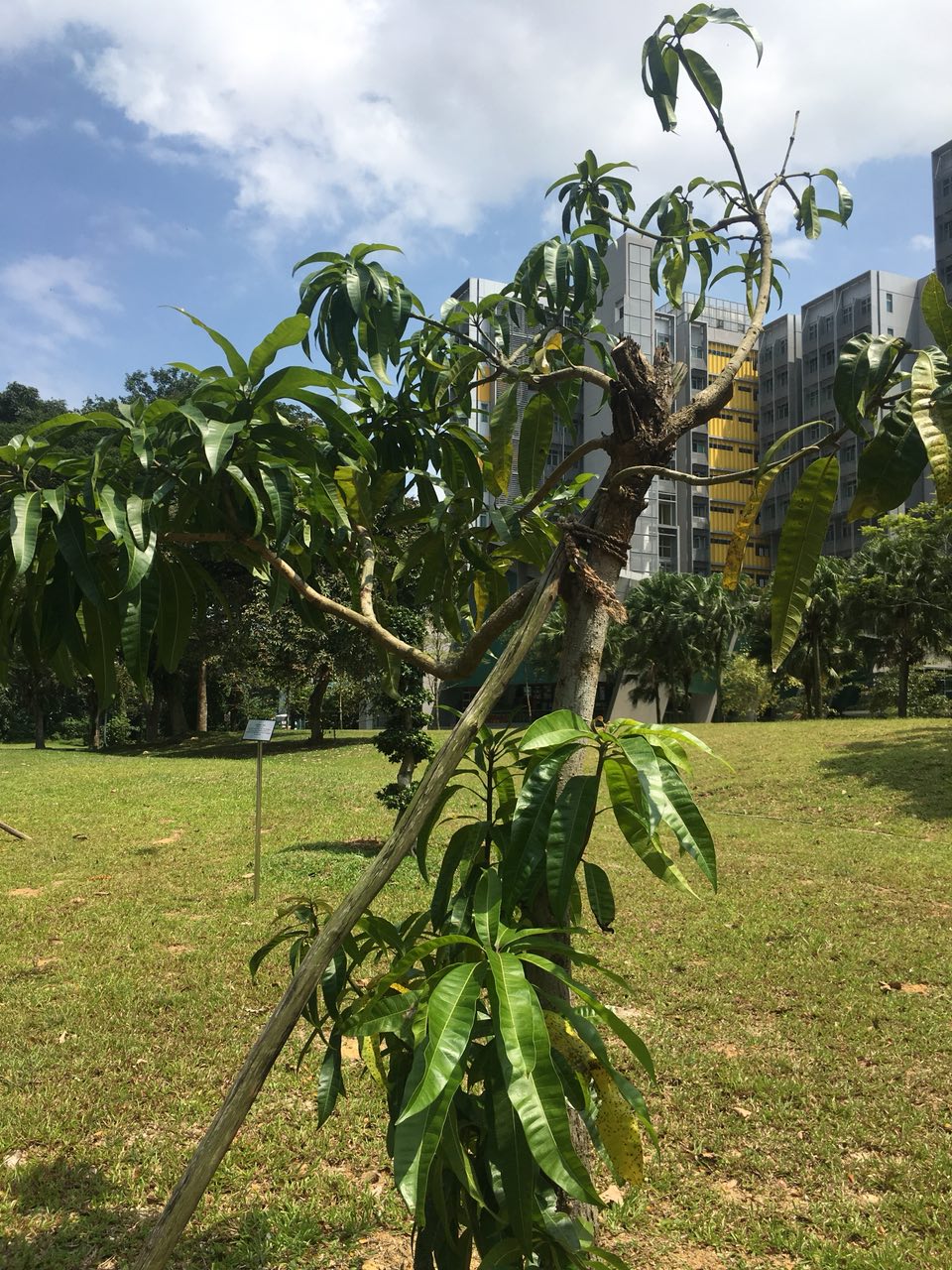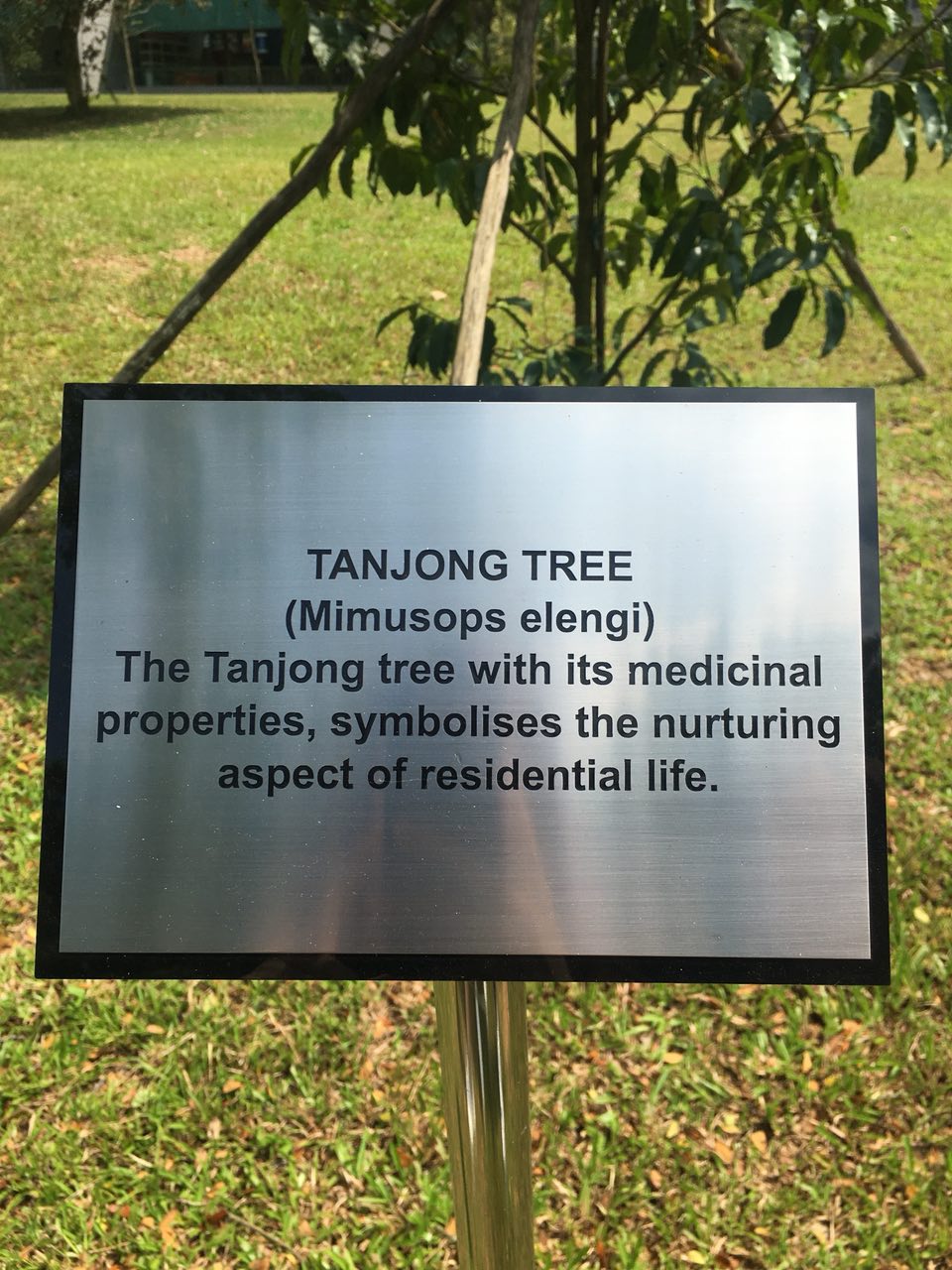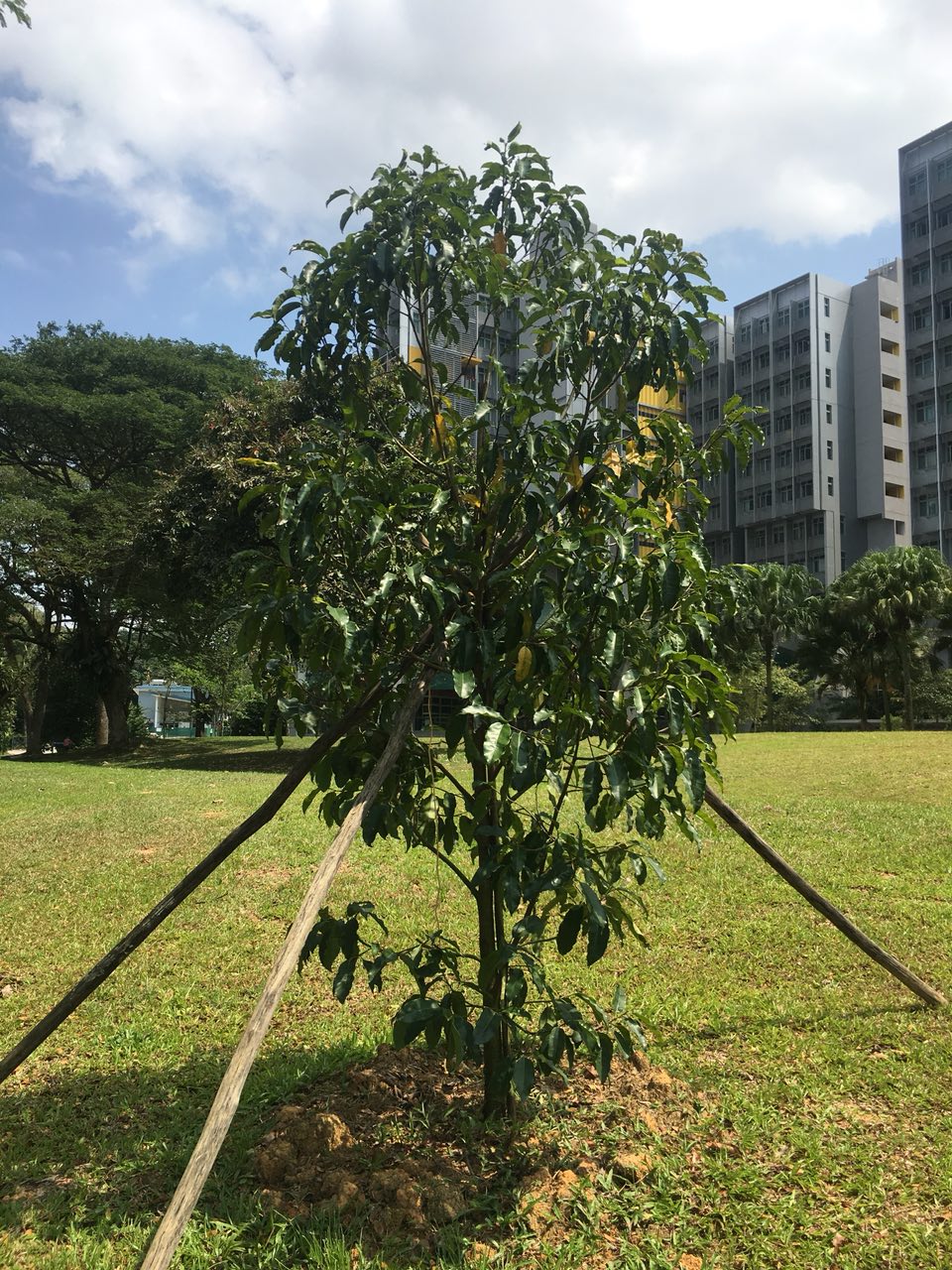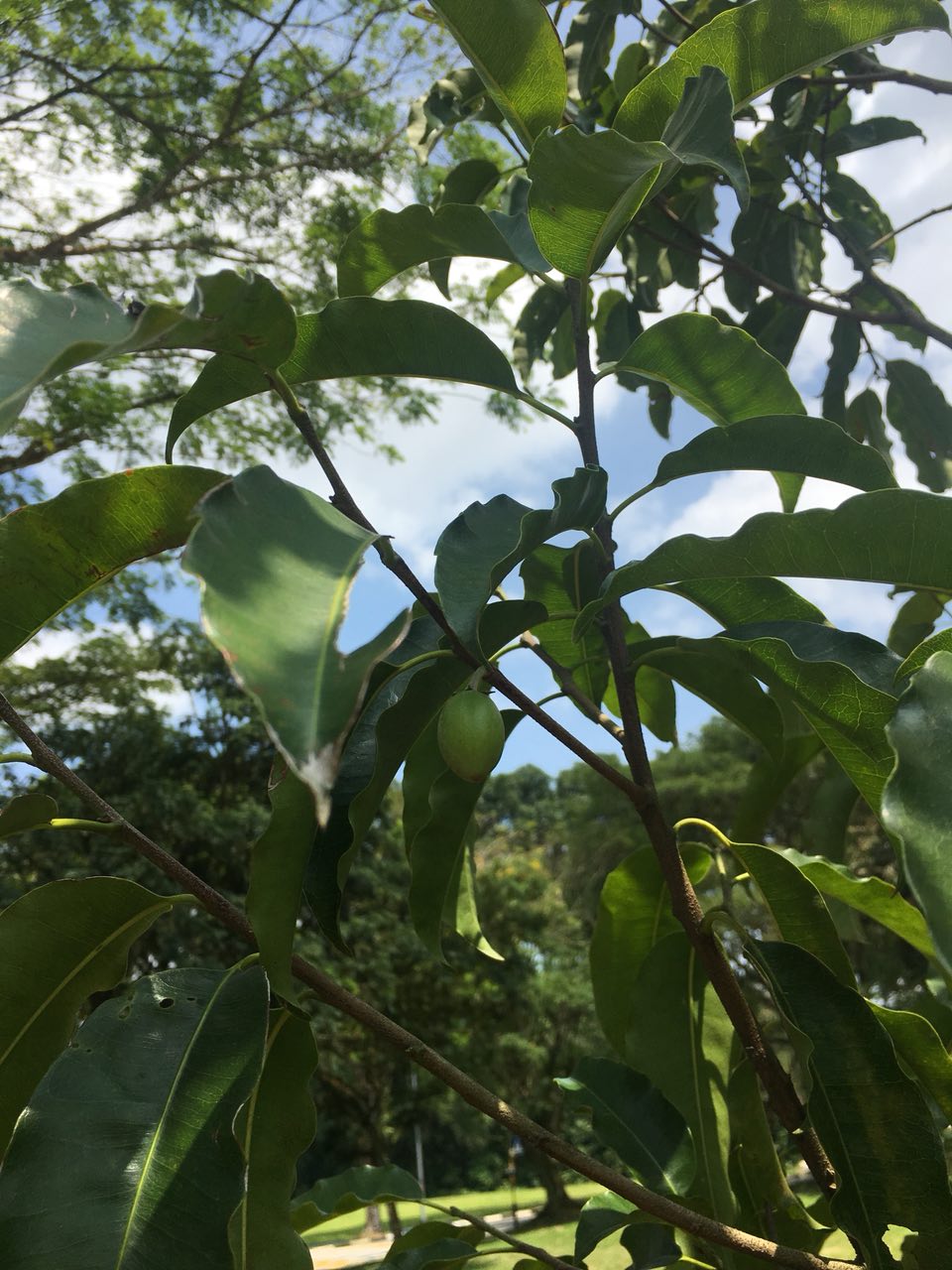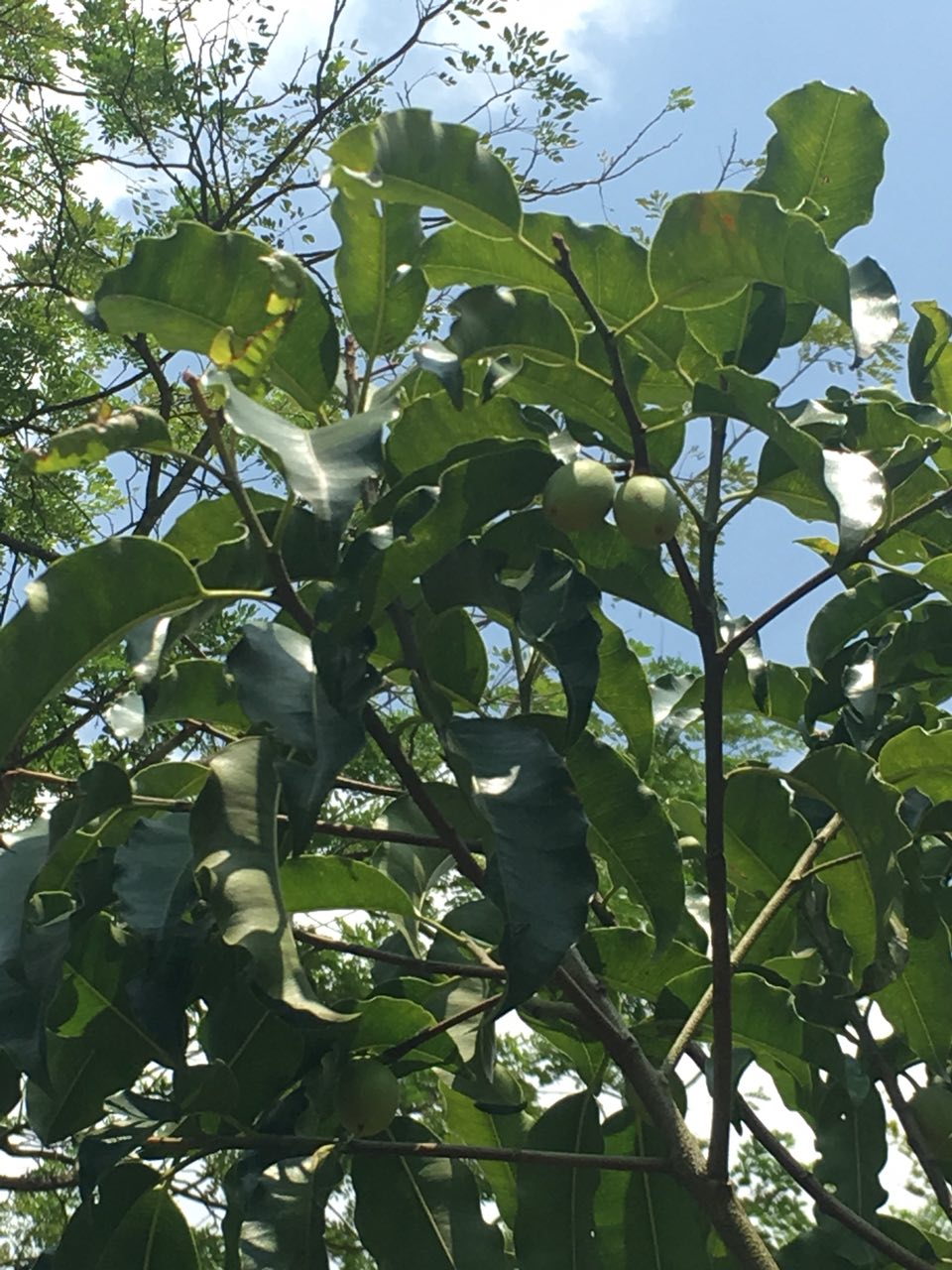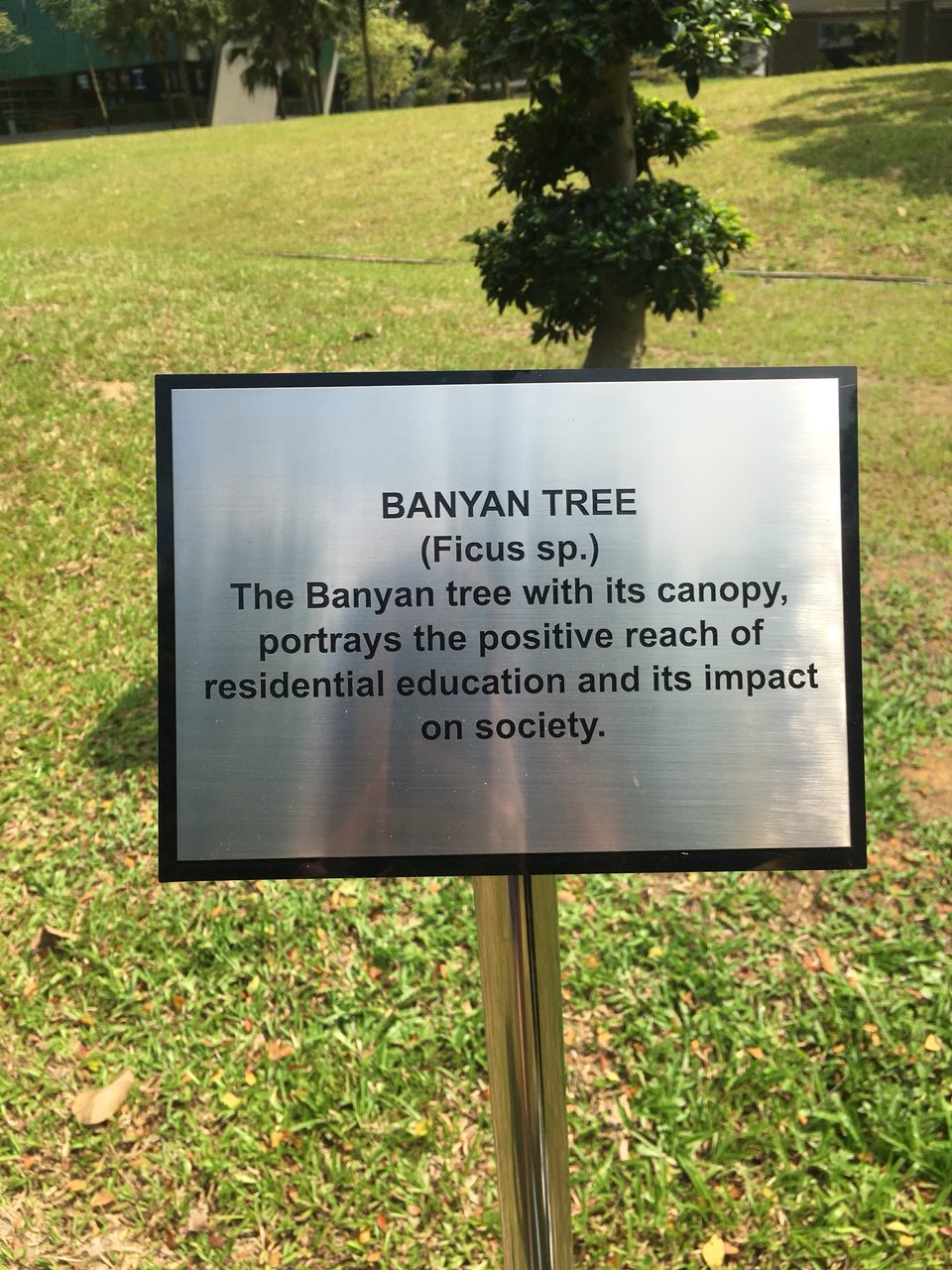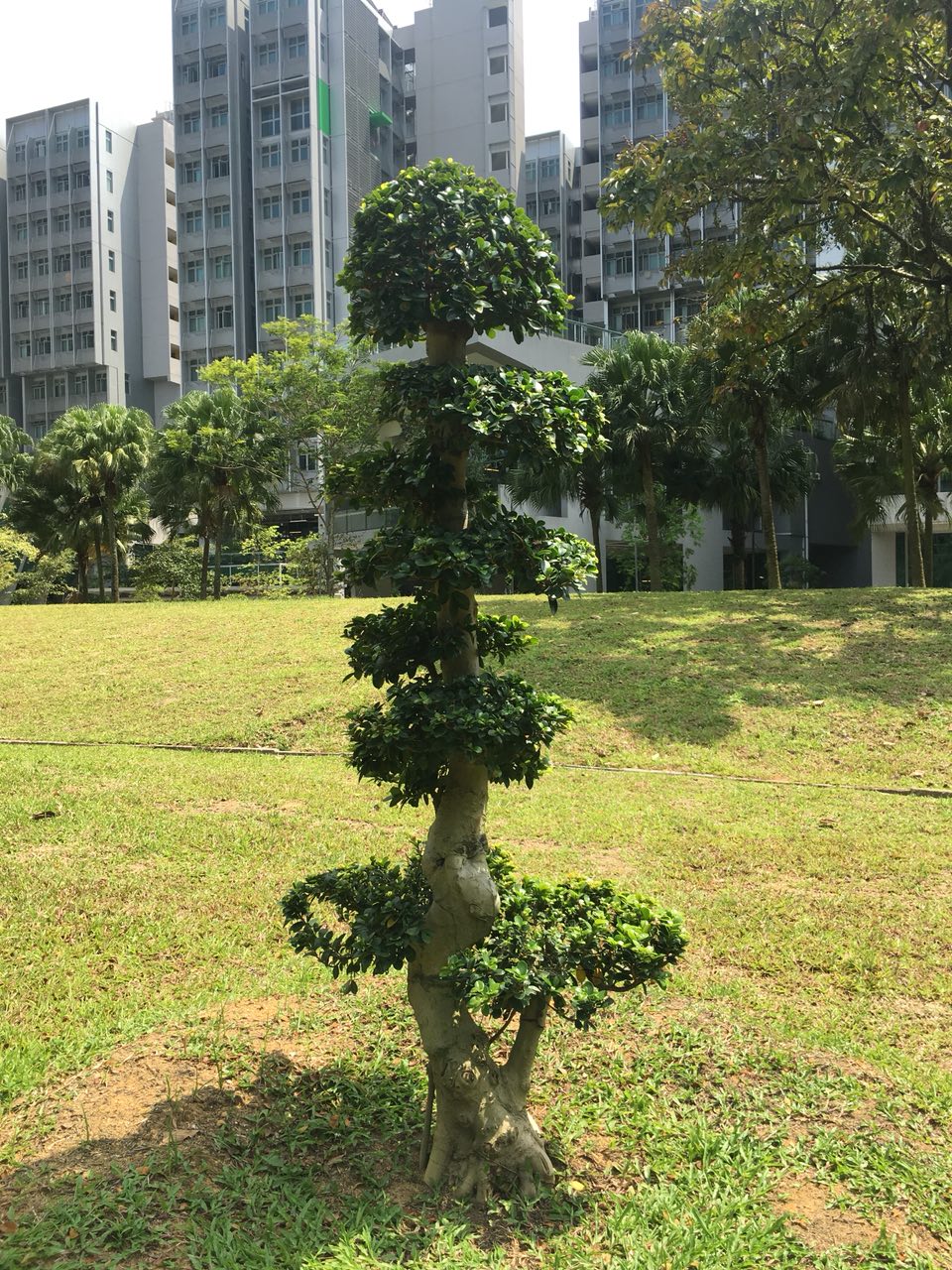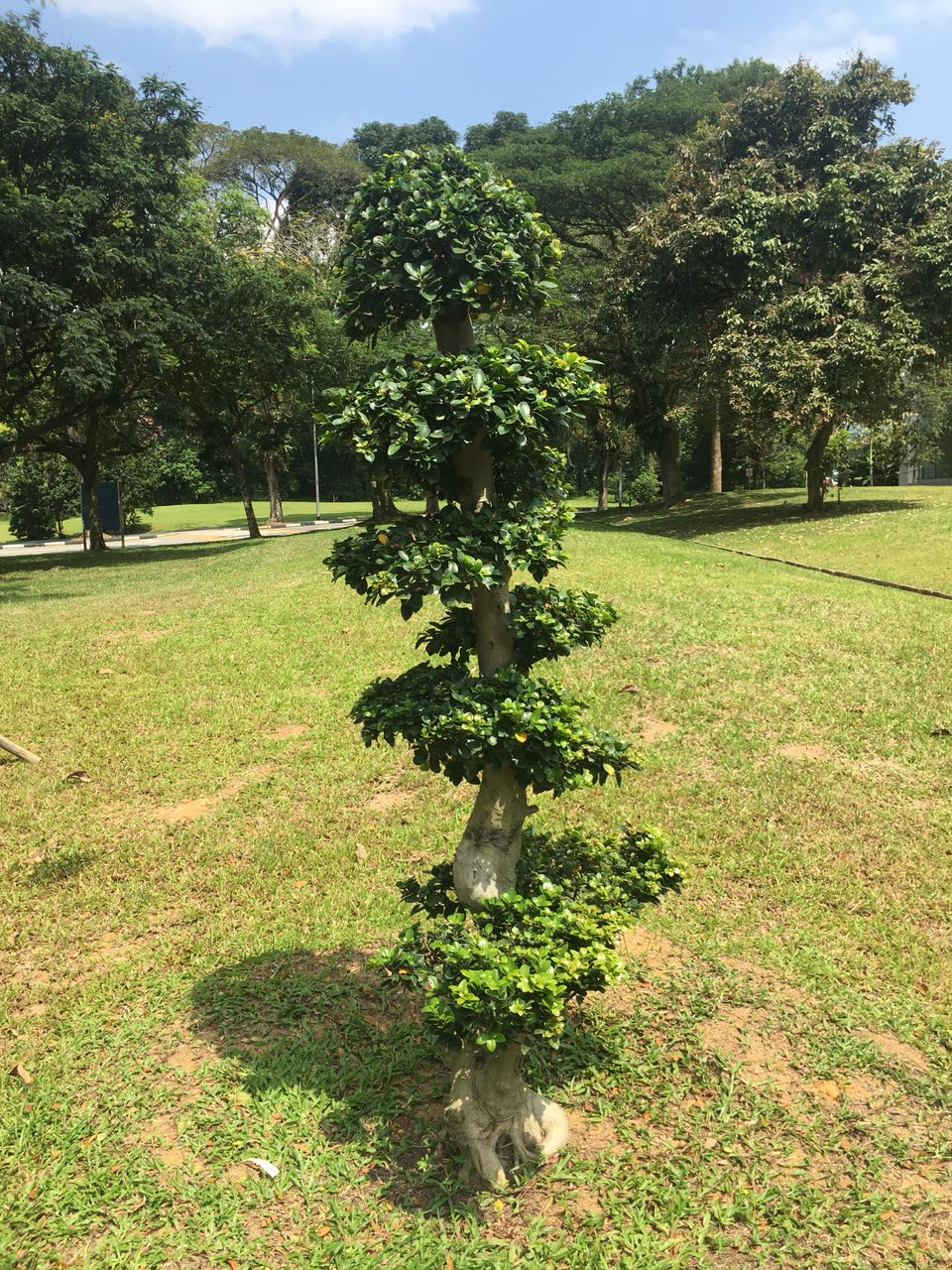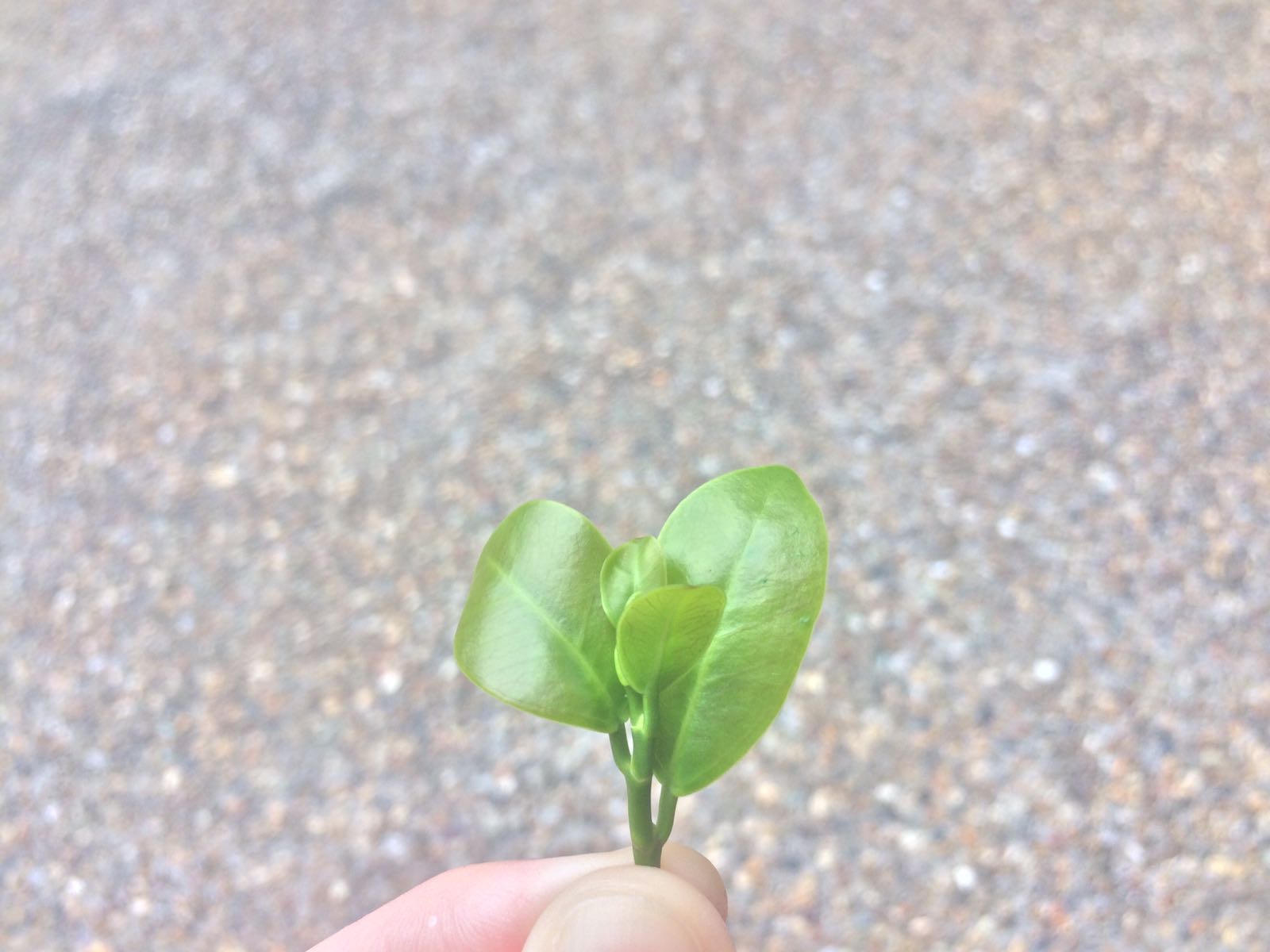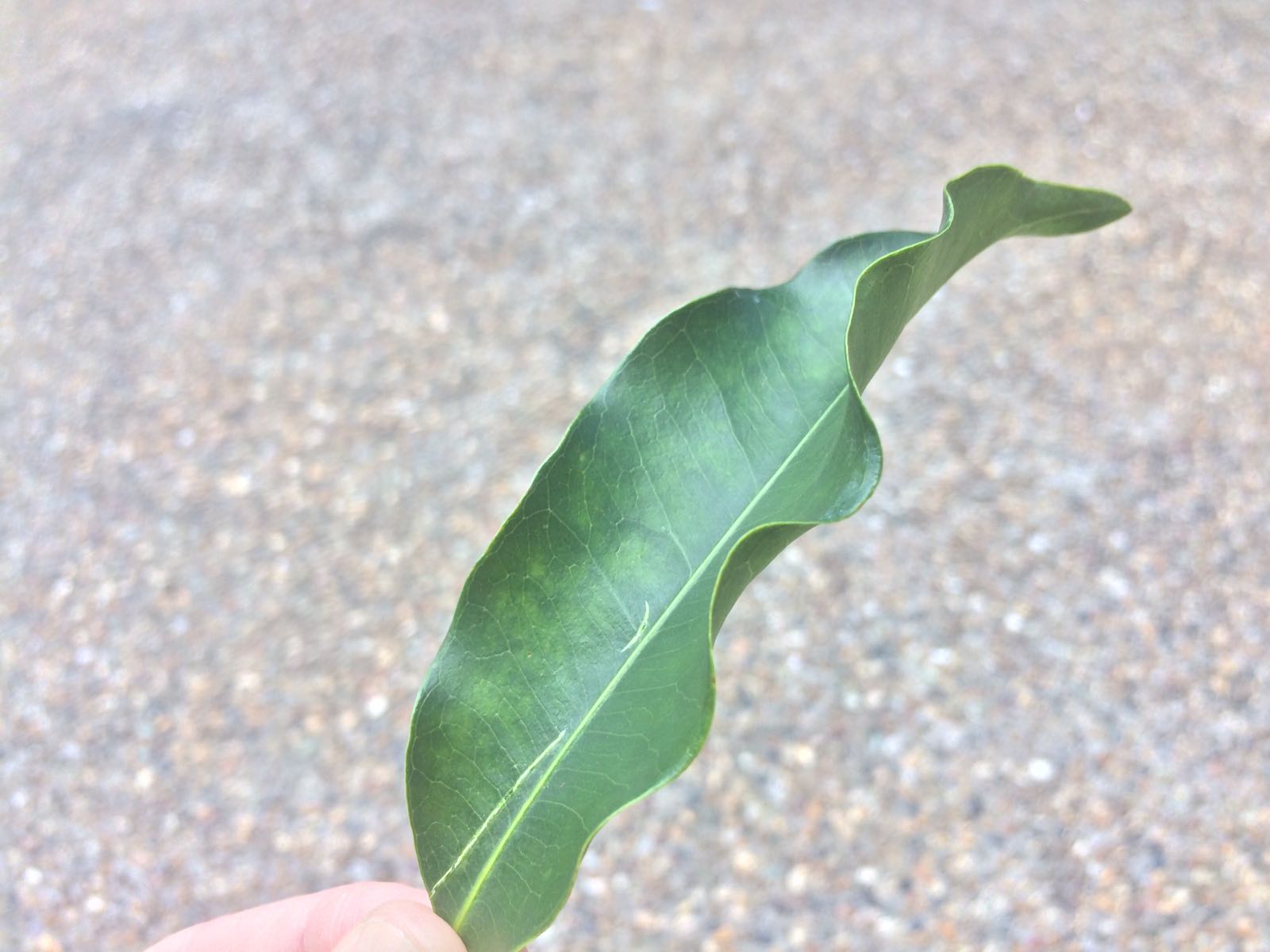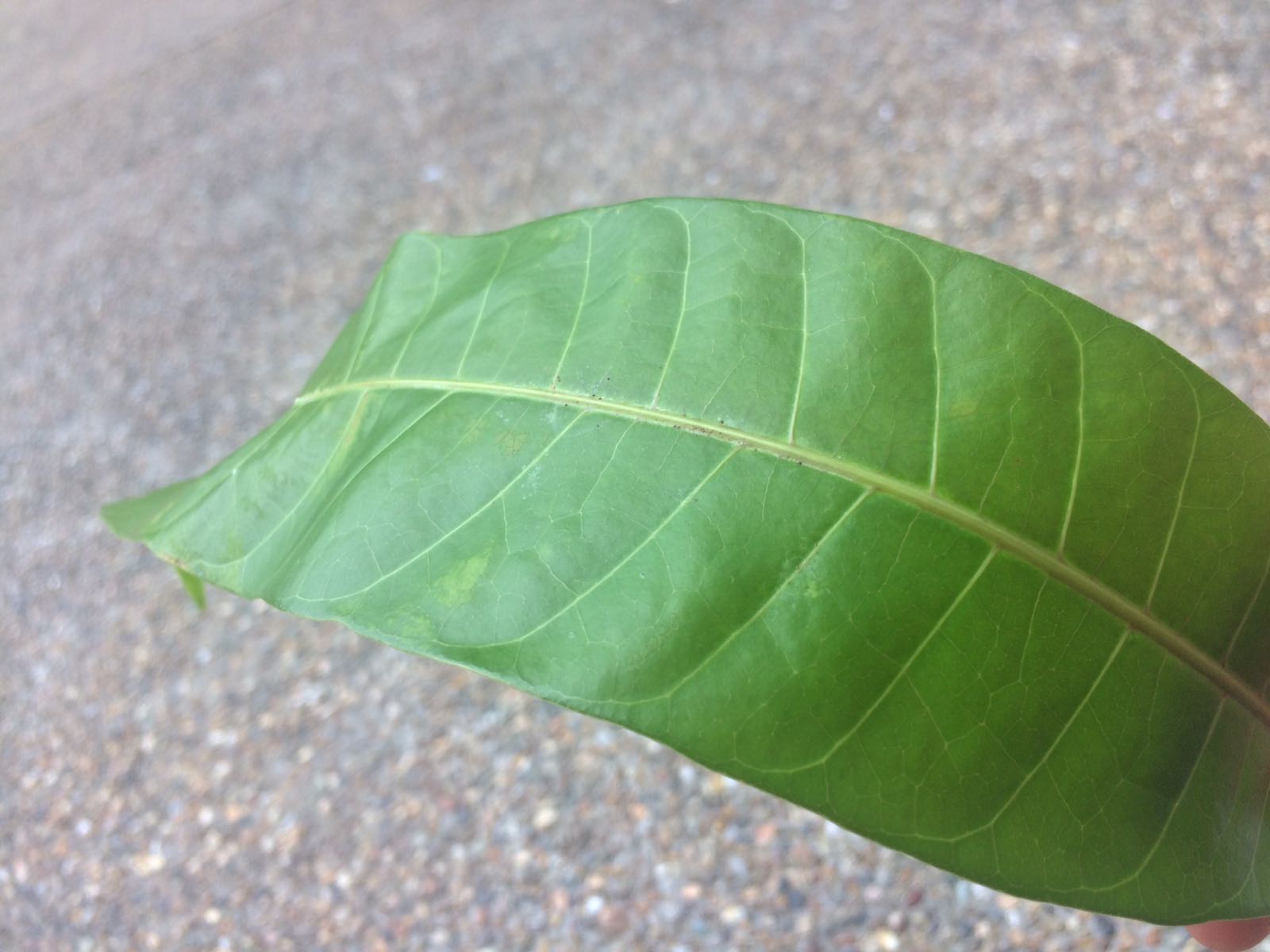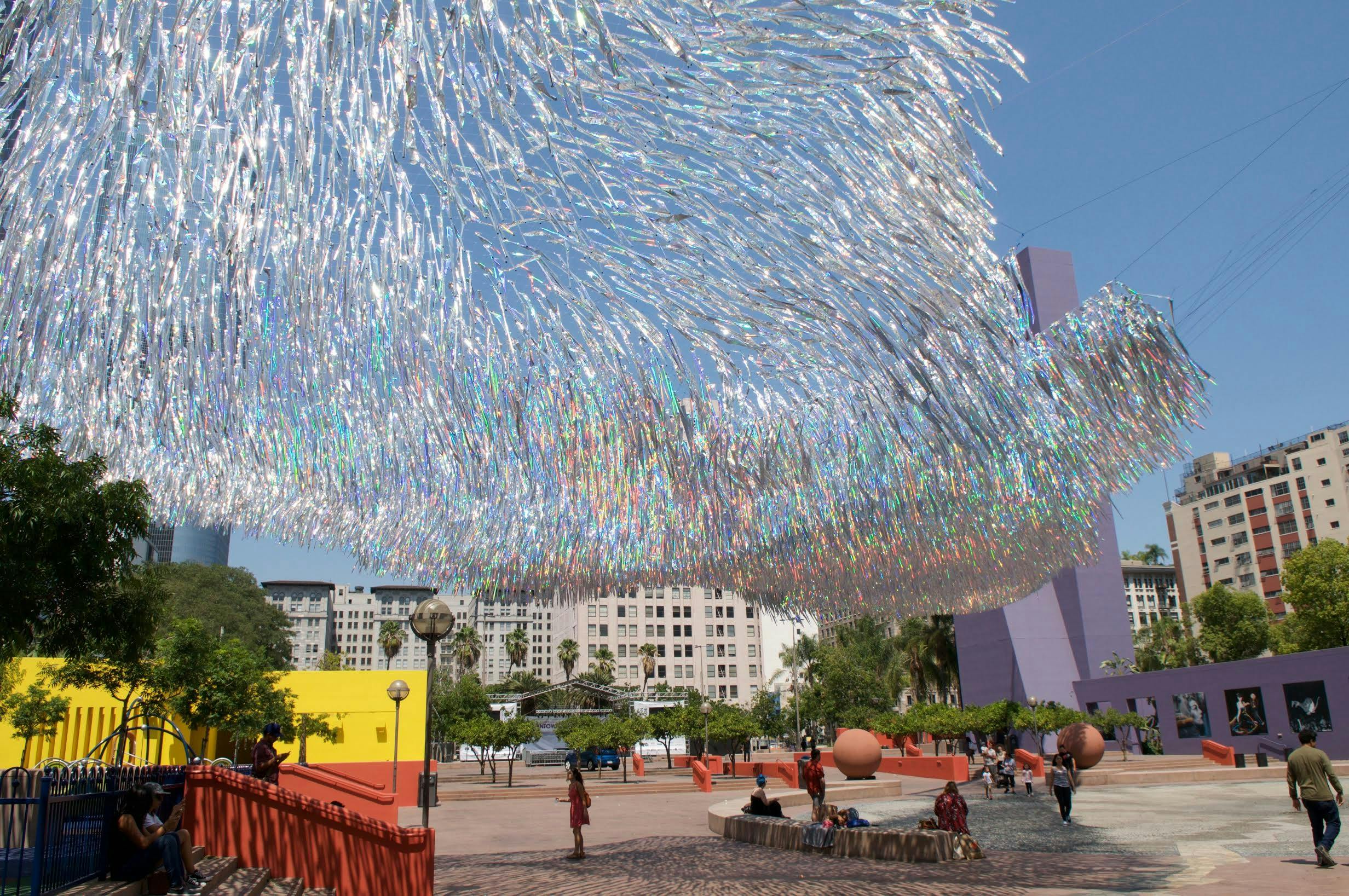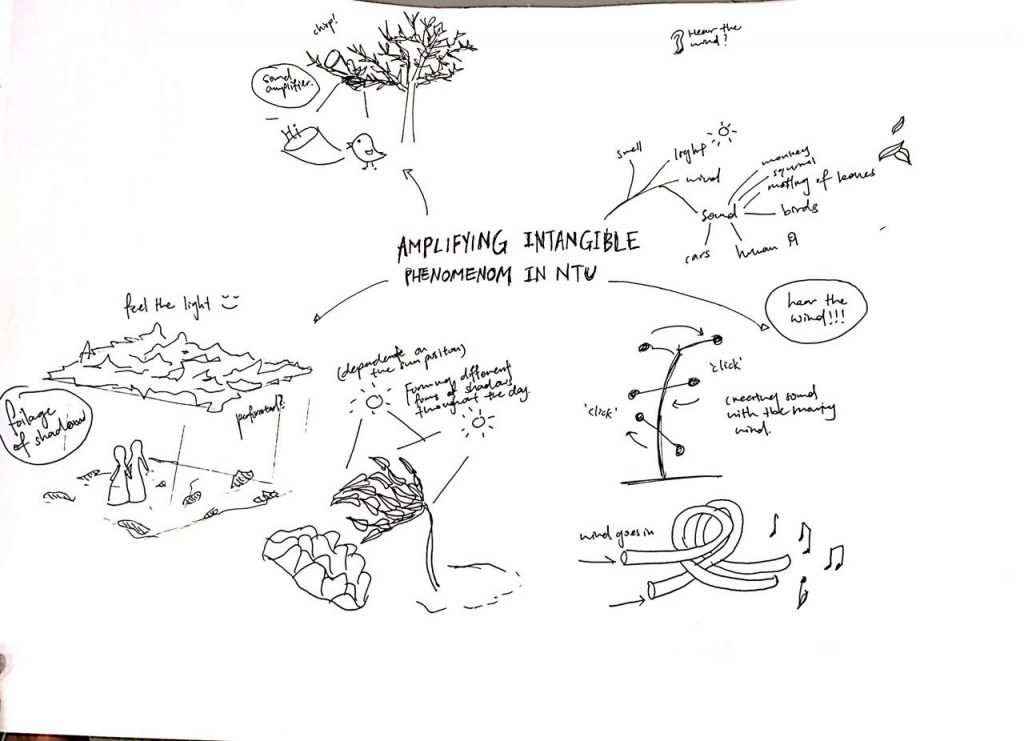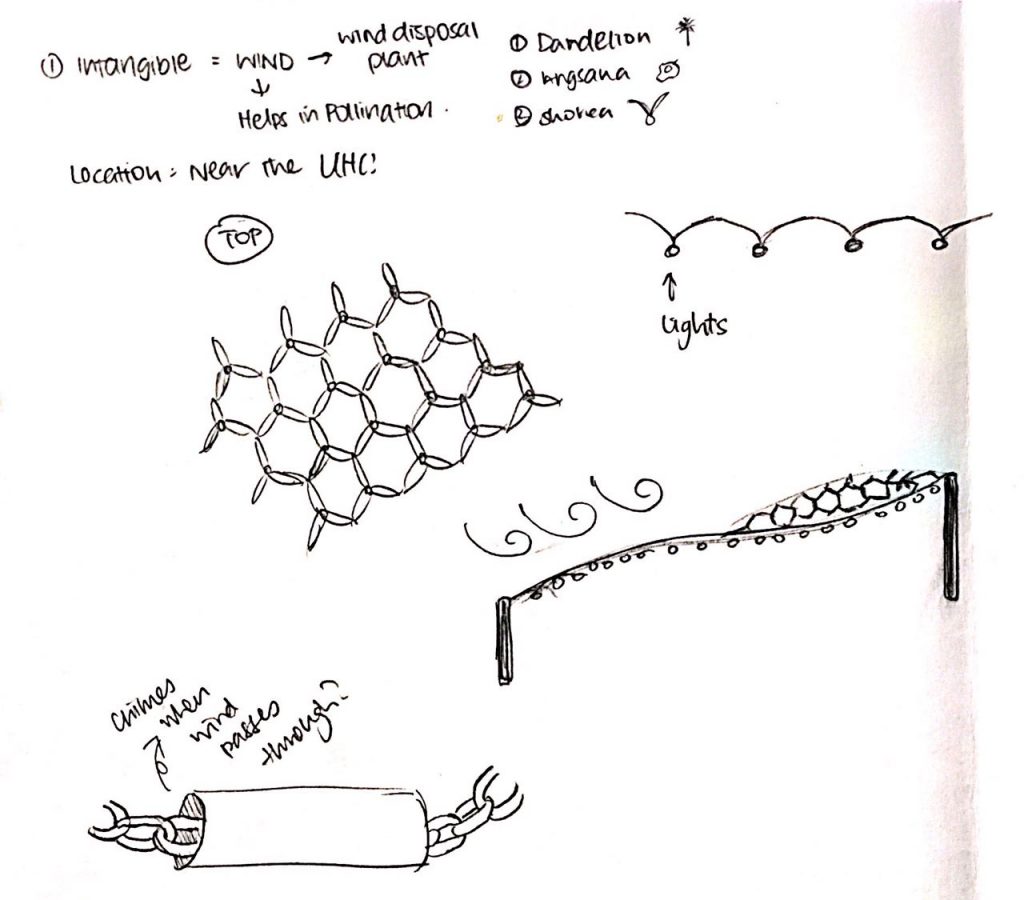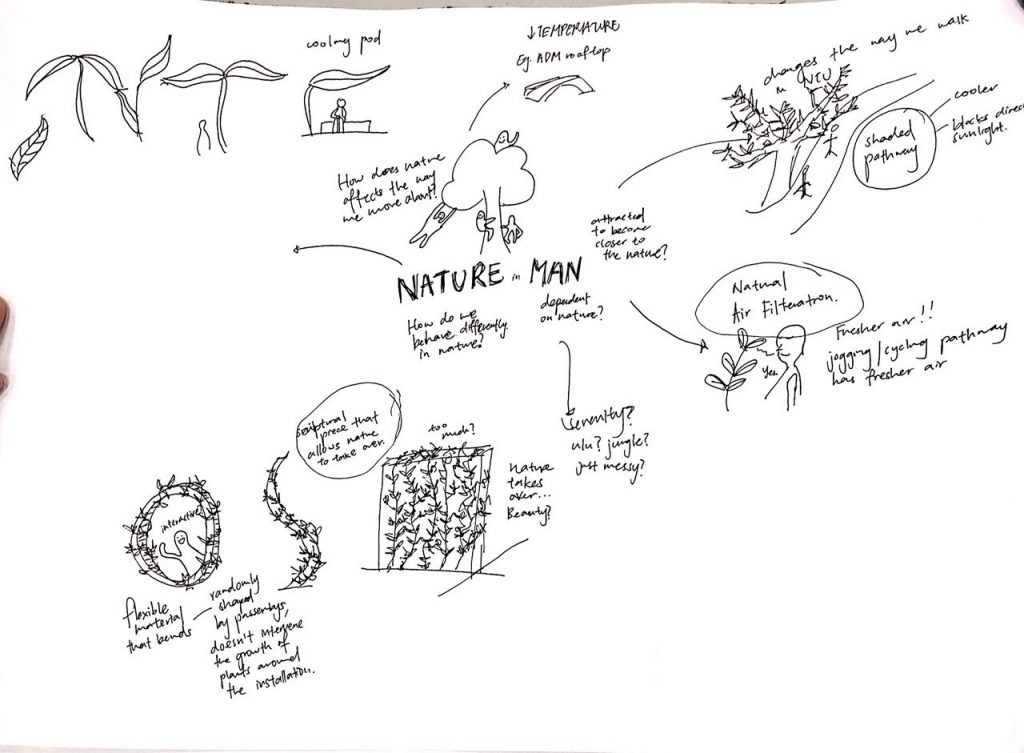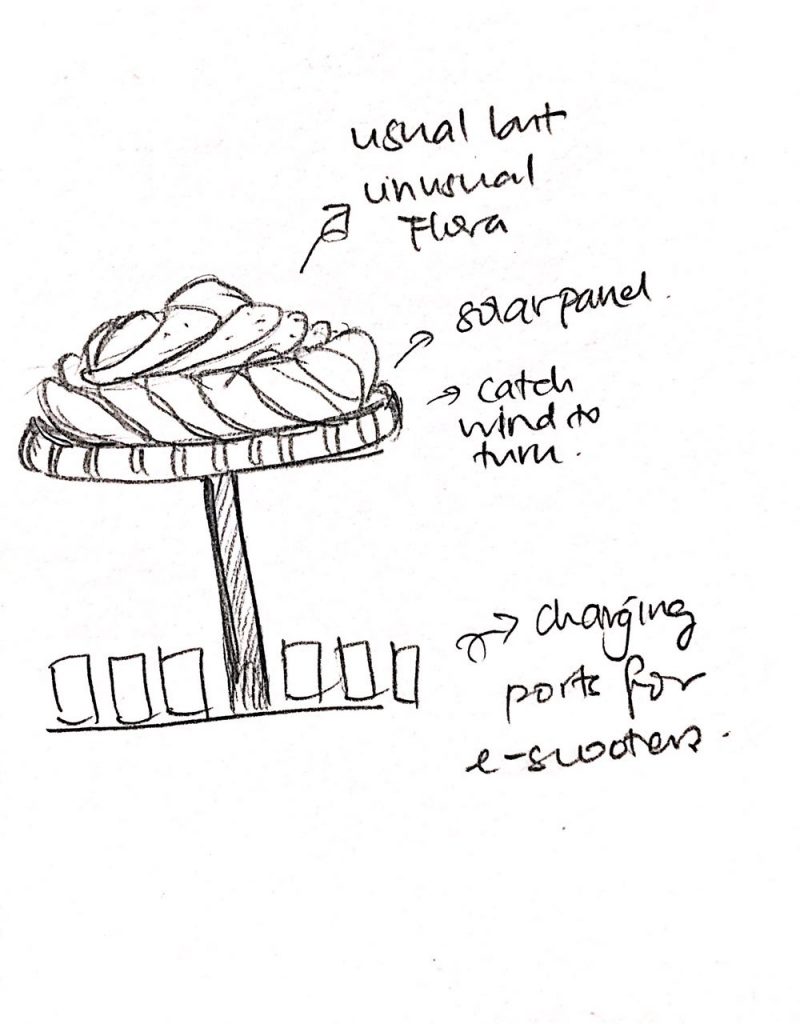Lau Yi Wen & Weng Yayu (Group 7)
–
We had a little site visit last week to check out the 3 trees planted at the new halls.
We got a leaf from each tree to have a closer look and to observe it
(shortest leaf – banyan; longest leaf – binjai)
We were pretty amazed by the smell of the leaves of binjai tree 😮 it was a sweet mango smell. After it’s completely dried up, it smells like tea.
–
Based on last week’s comments, we’ve decided to explore both possibilities of execution of our idea.
1) Hybrid Tree
2) Symbolic
HYBRID TREE
It was suggested last week that we can look into creating a hybrid tree to show how the 3 trees grow together. We went to do some research on hybrid tree and we came across this artist who created a tree of 40 fruits.
Tree of 40 Fruits – Van Aken
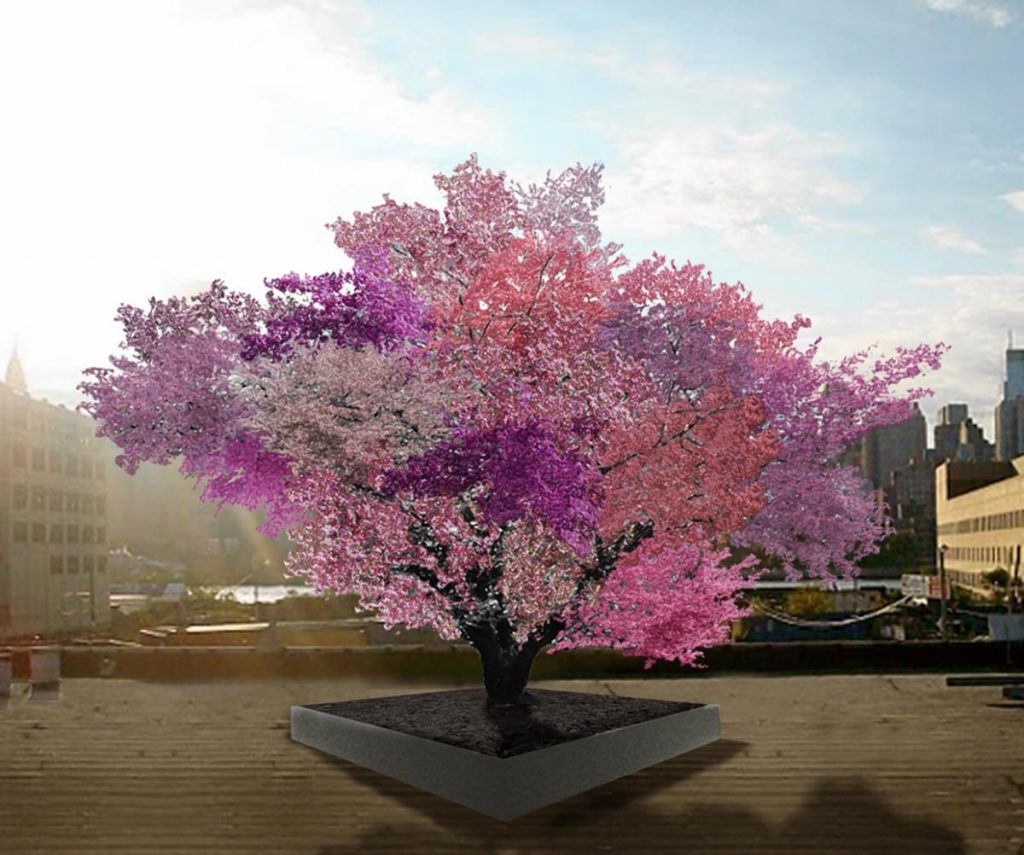
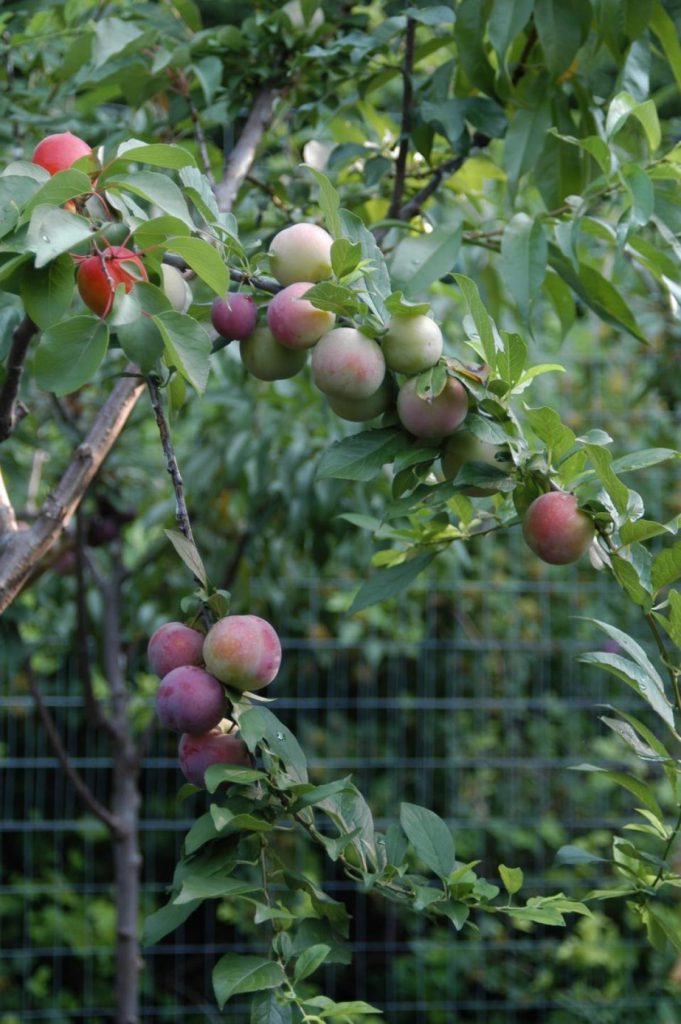
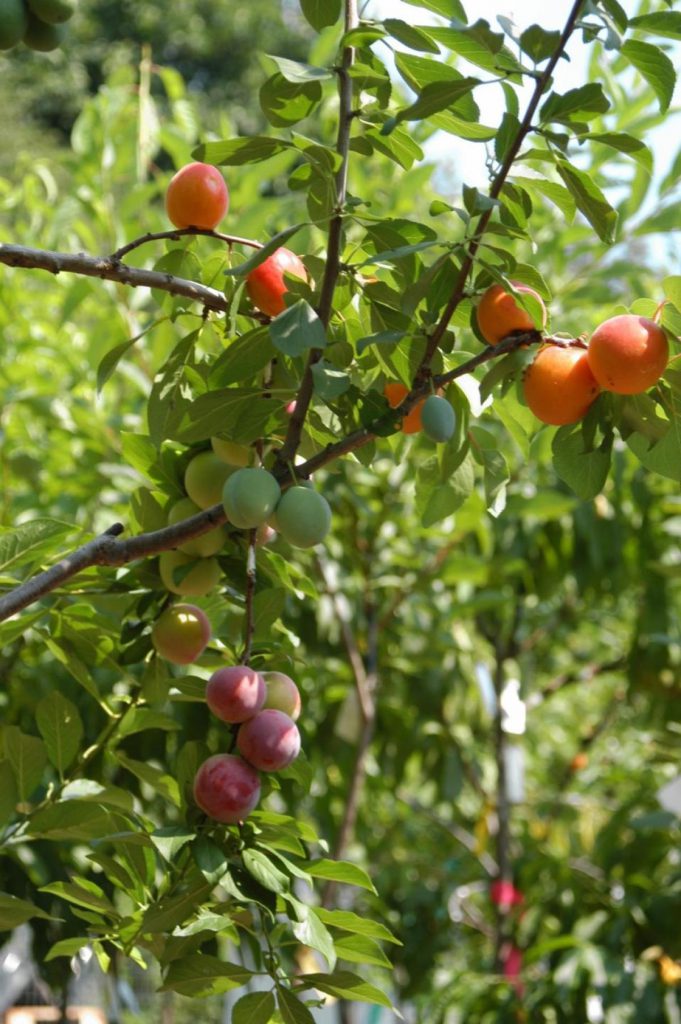
There are 16 of these trees are planted across US.
Super-Hybrid tree made through grafting technique (involves joining one part of the plant to another)
We also understood that to create hybrid tree, it’s more like mix and match the fruits, roots and trunk. Methods available are either by grafting or by natural pollination method.
HOWEVER,
We have decided to not do hybrid tree as we do not see the meaning of having a special tree there as it do not serve any purpose and it will be underappreciated as it will not be phenomenon.
–
SYMBOLIC WAY OF EXPRESSING
The characteristics of the 3 trees from last week:
Fluidity (Banyan); Vitality (Tanjong); Transience (Binjai)
Our idea was to:
“To reflect the spirit/characteristic of the 3 trees in the sculpture and for people there to identify with.”
Based on these 3 characteristic, we done up a matrix to analyse the possible way of executing based on P.S.D (Proportion, Surface & Detail)
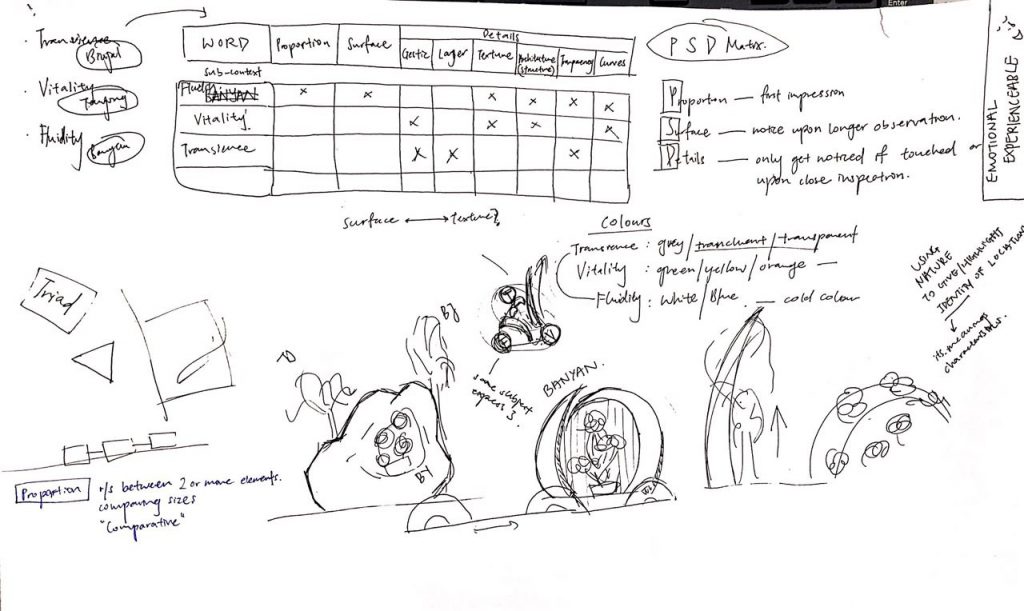
This version of matrix was mainly to highlight the possible category that we can use to show the characteristic and from there we tried to loosely come out with some ideas here and there. We also included another category of colours as we find that our concepts can make use of colours to do it too.
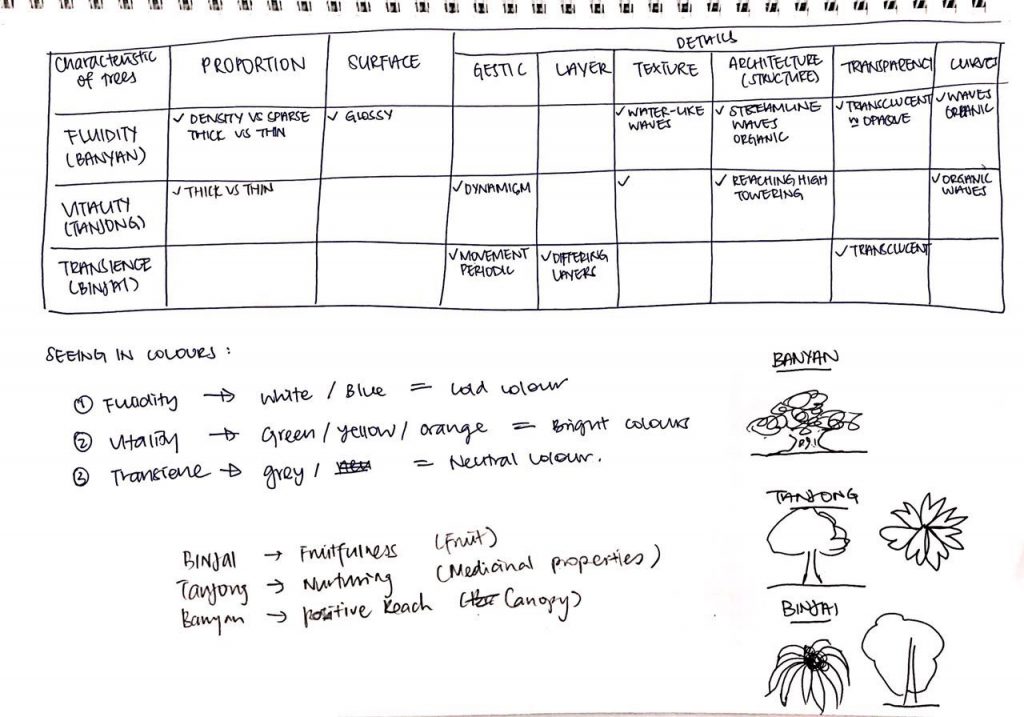
We continue to make detailed description of how are we going to execute the characteristic of trees under each category. Based on the new hall’s write up for the trees, each tree have specific representation for the residential living.
Execution for each characteristic:
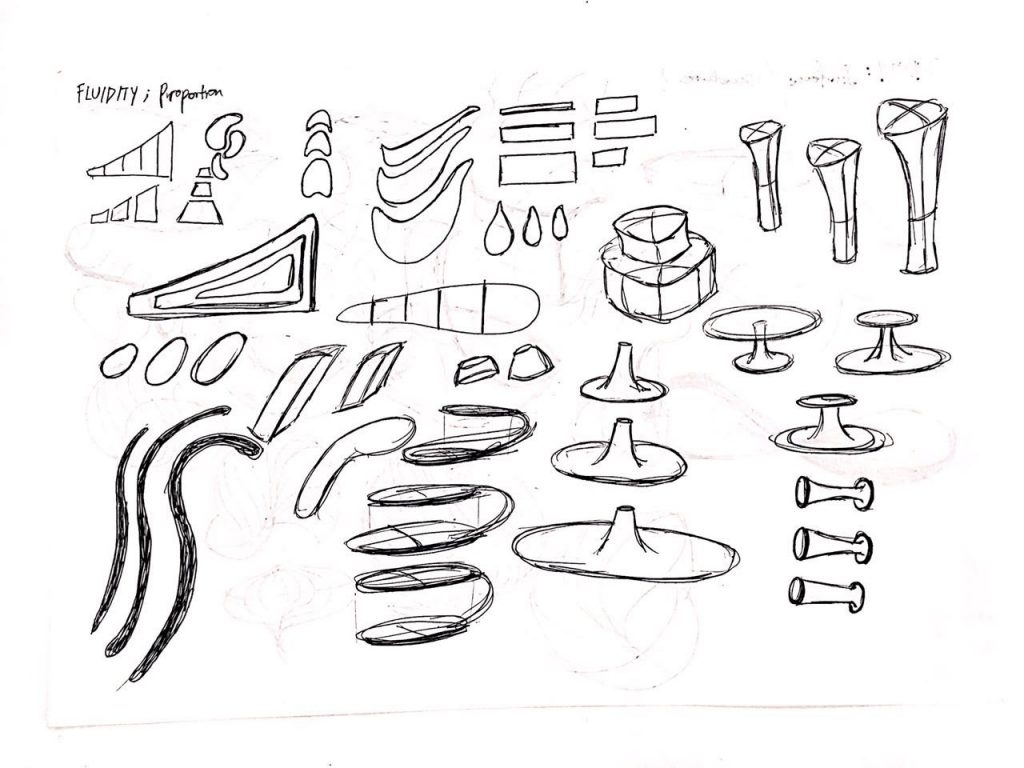
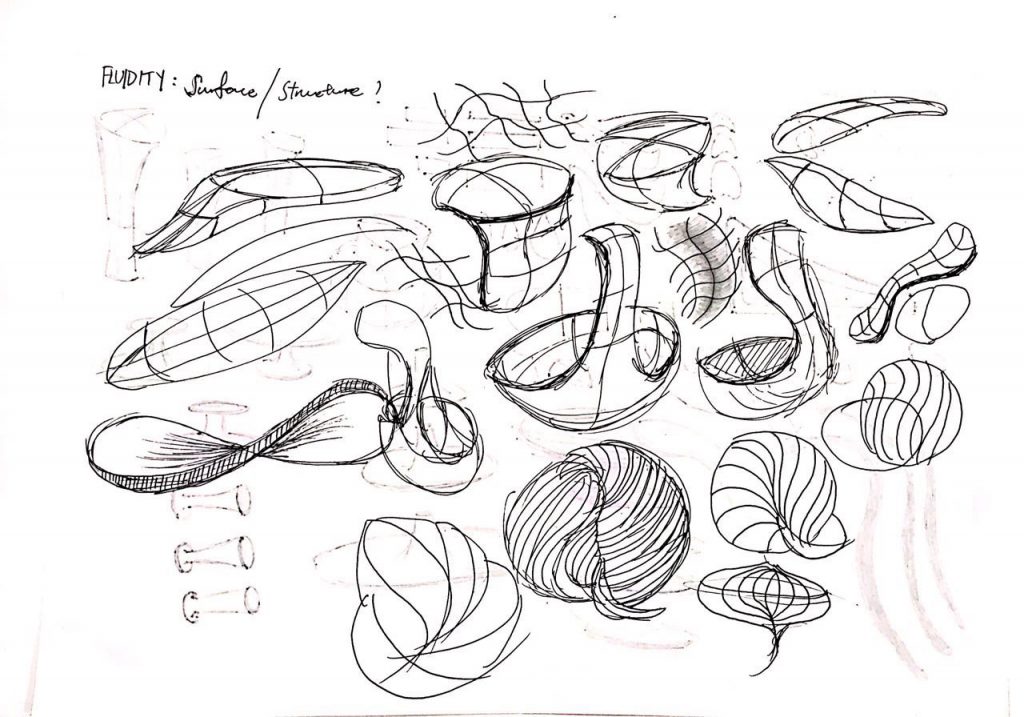
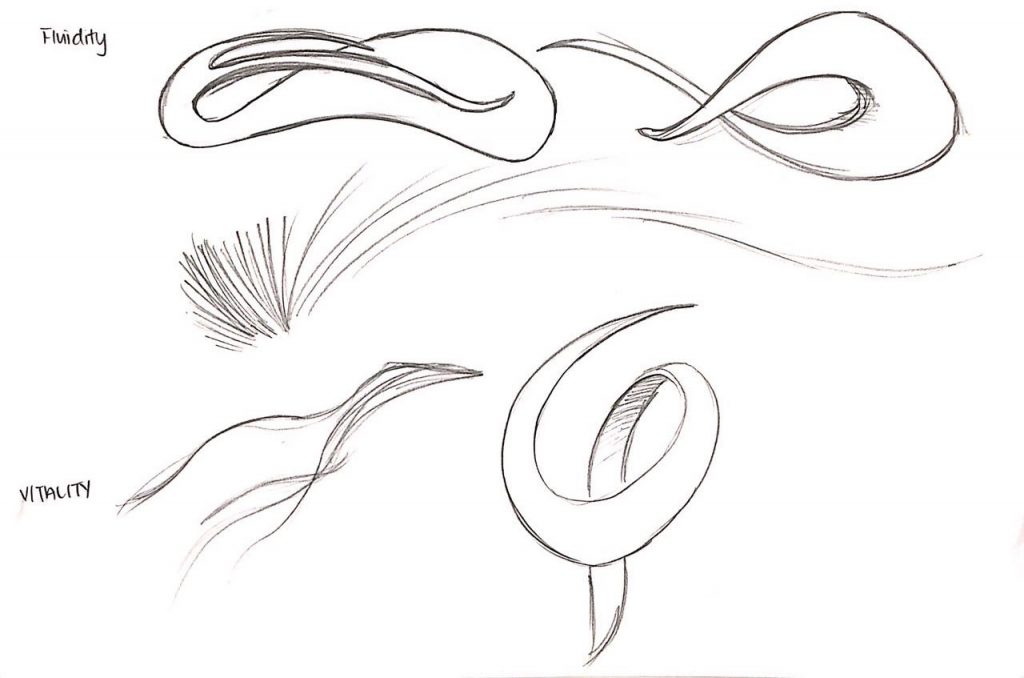
From all these…
We thought of:
> Having an open shared place for people to come in and interact.
> We might not be using the whole tree there (plant the trees there) as it will not be the center of attraction either instead, we are thinking of using the timber/bark of the 3 trees to build the whole installation.
> Abstract way of expressing the characteristic – by using the matrix list – either a sculpture or a shelter.
–
REFERENCE WORK
“Mater Matrix Mother and Medium” by Mandy Greer
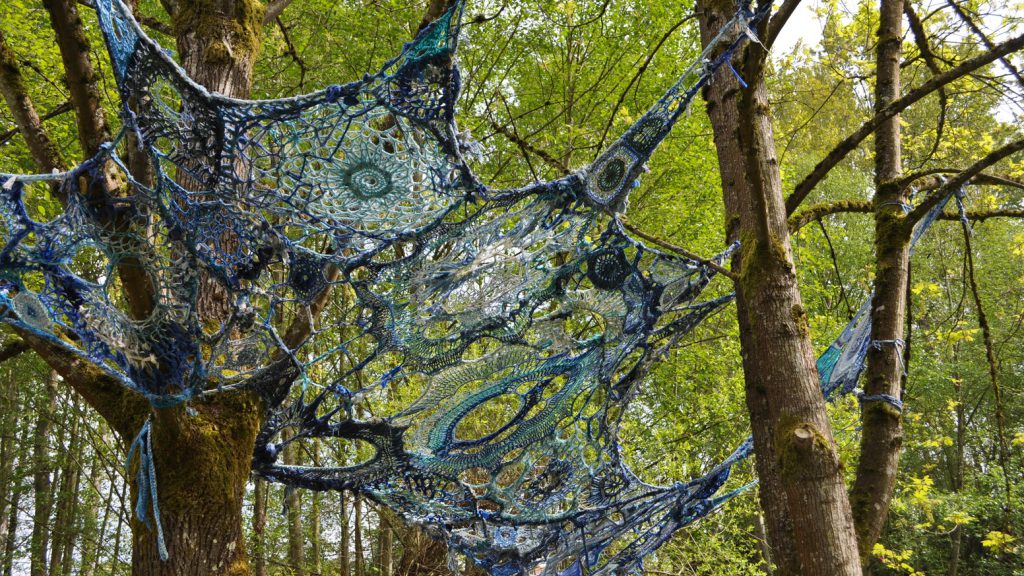
“Yellow Zinger” by Tim Prentice, sound installation.
http://www.timprentice.com/yellow-zingers.html
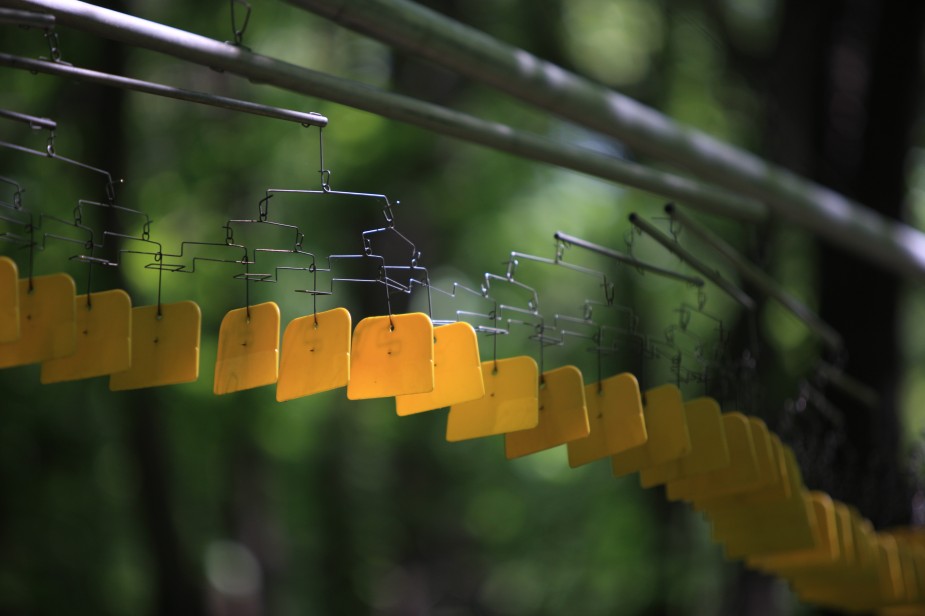
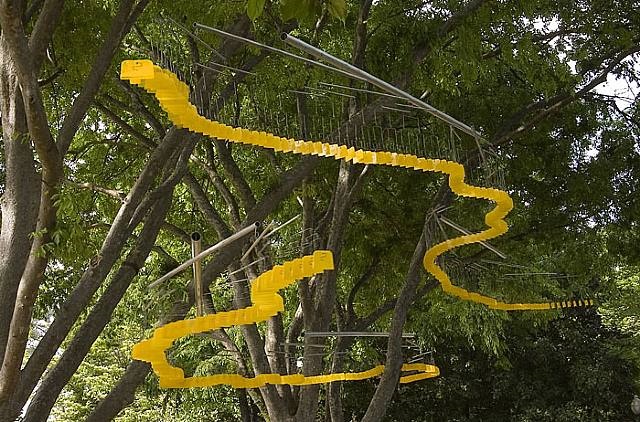
–
We will need to finalise on what we want to do (shelter? sculpture?) so we can continue experimenting the forms of the installation.
–
http://www.nydailynews.com/life-style/artist-creates-hybrid-tree-grows-40-fruit-article-1.1887459
http://homeguides.sfgate.com/make-hybrid-tree-101741.html
